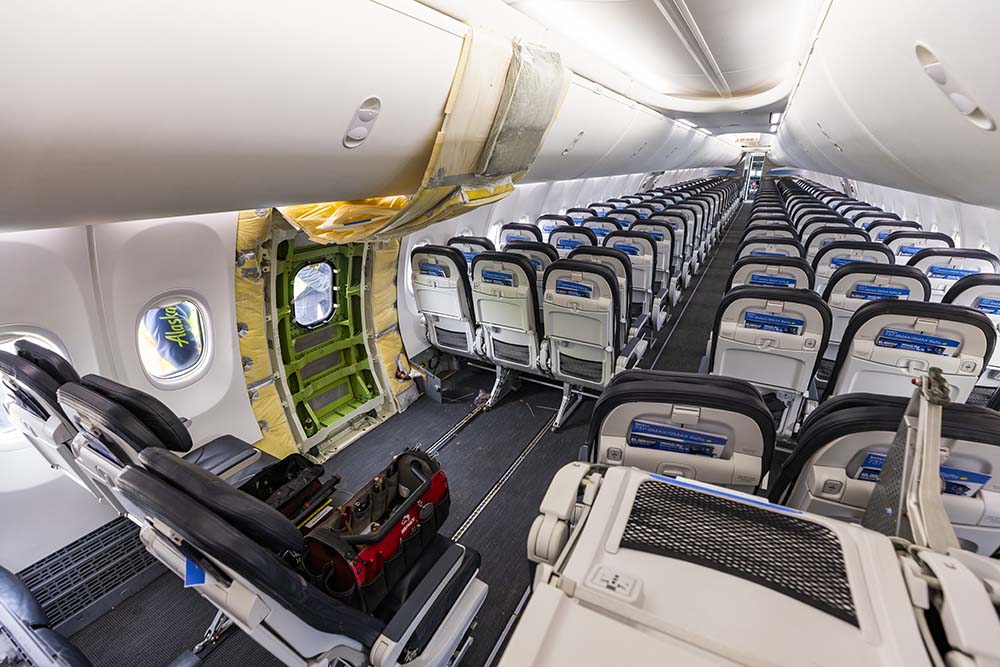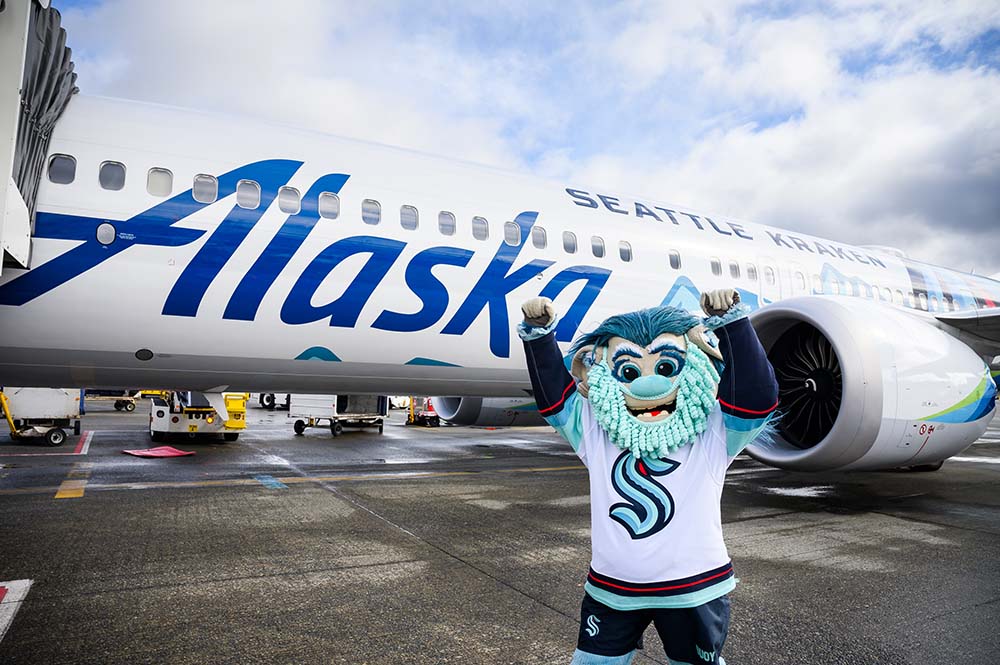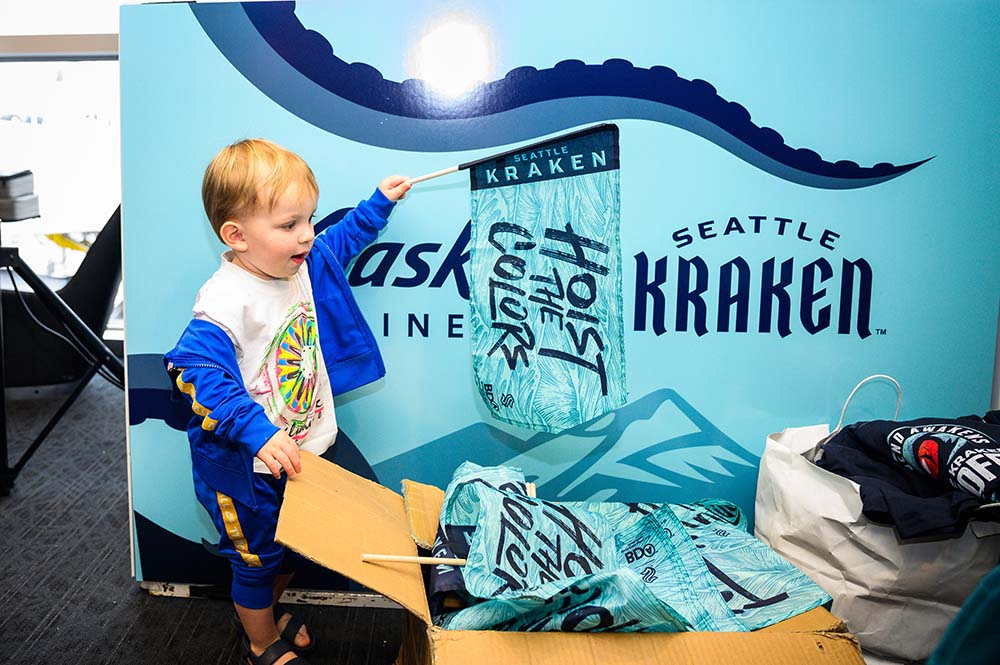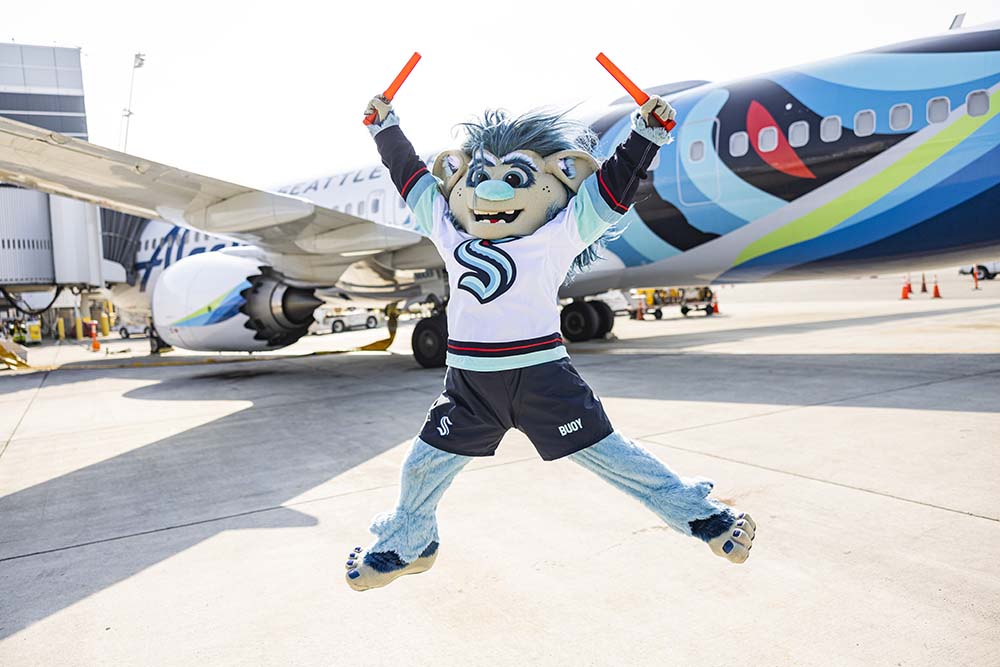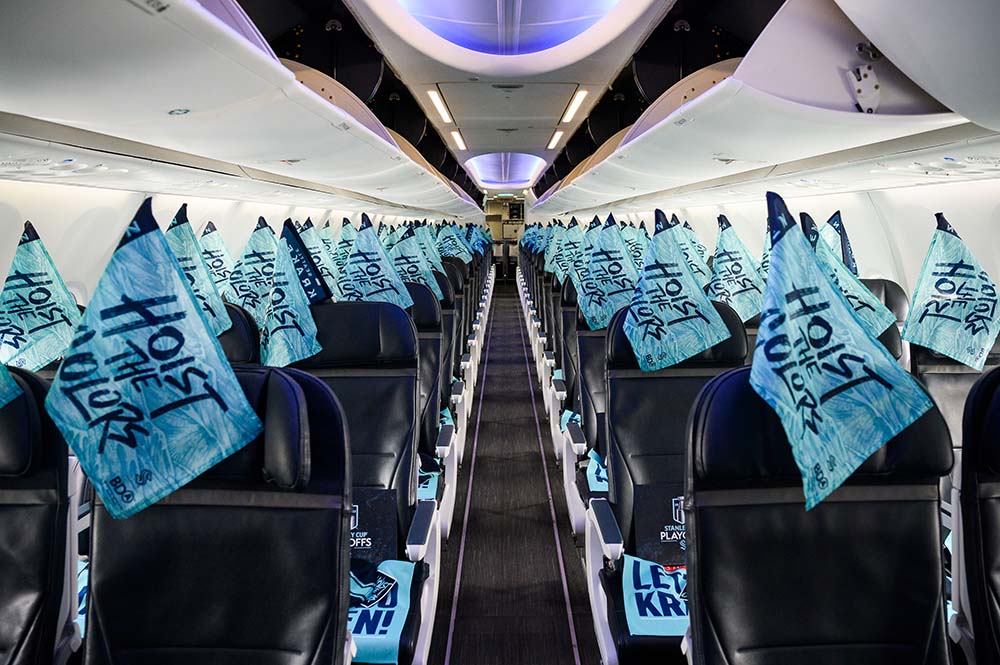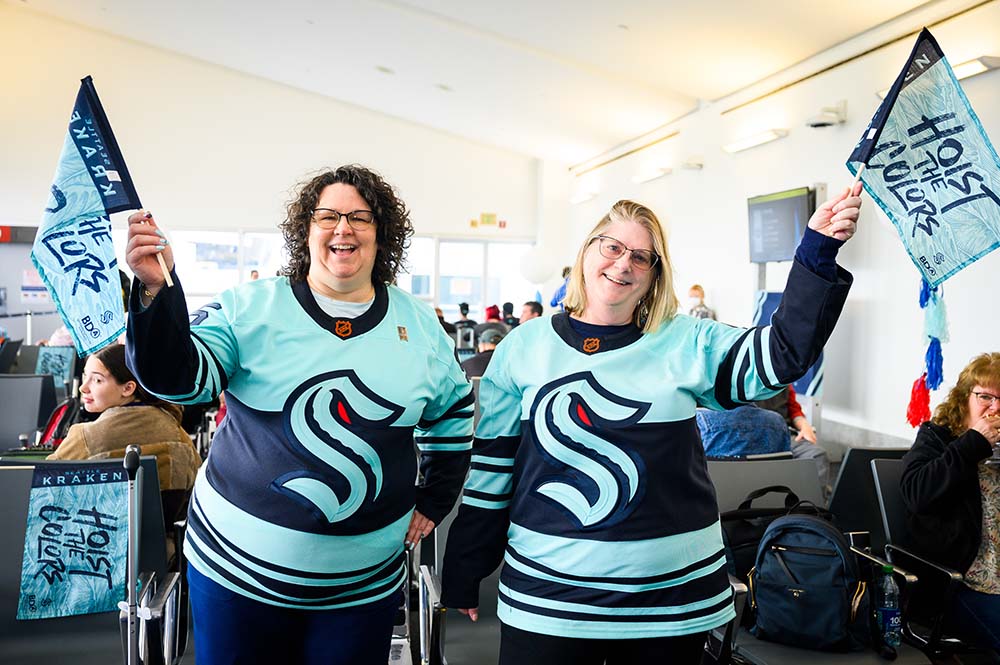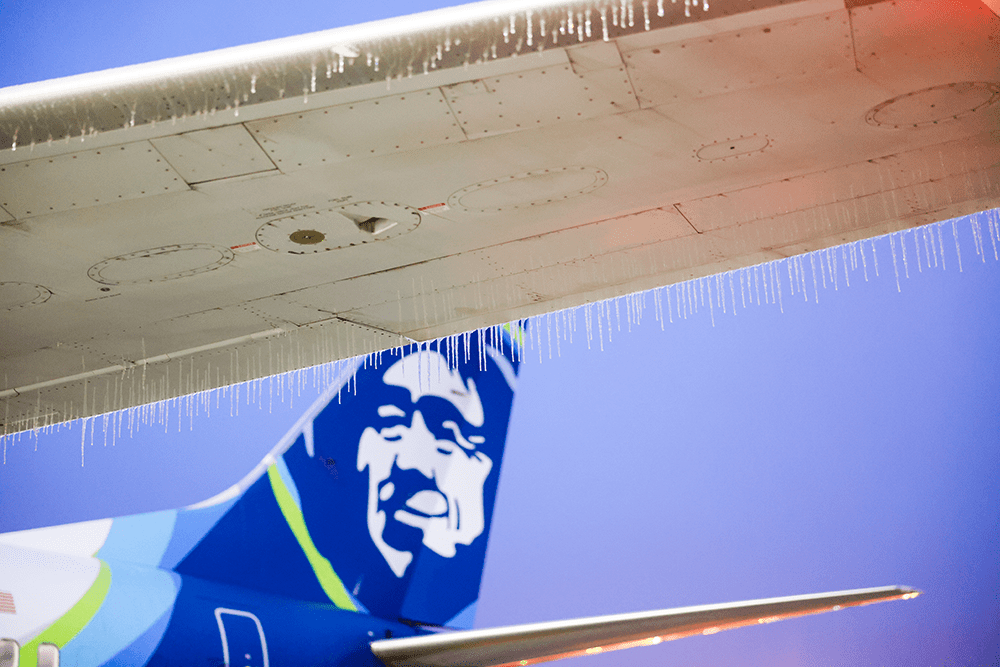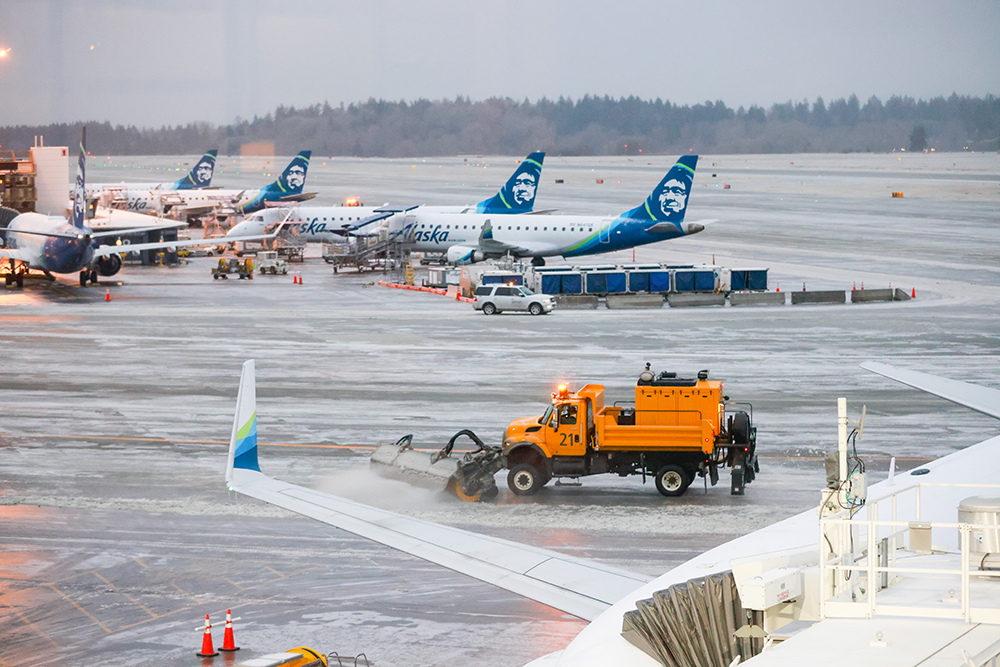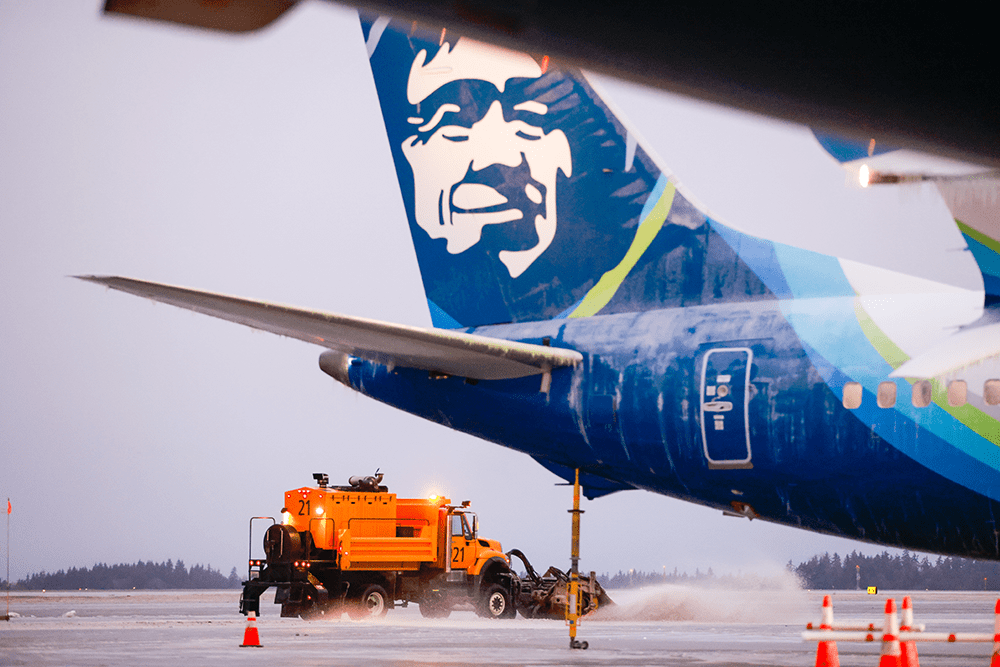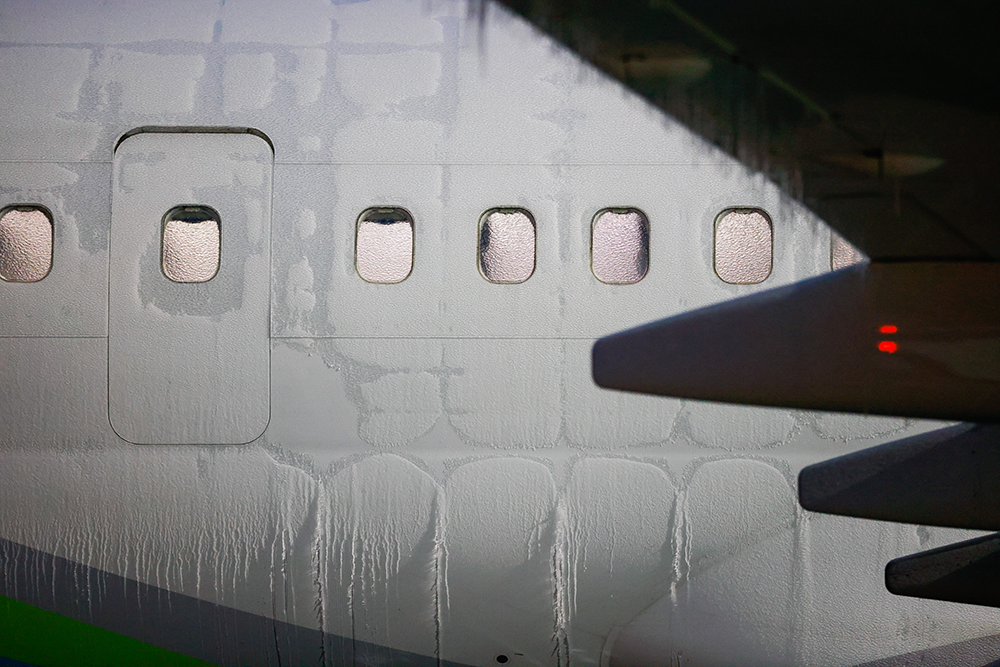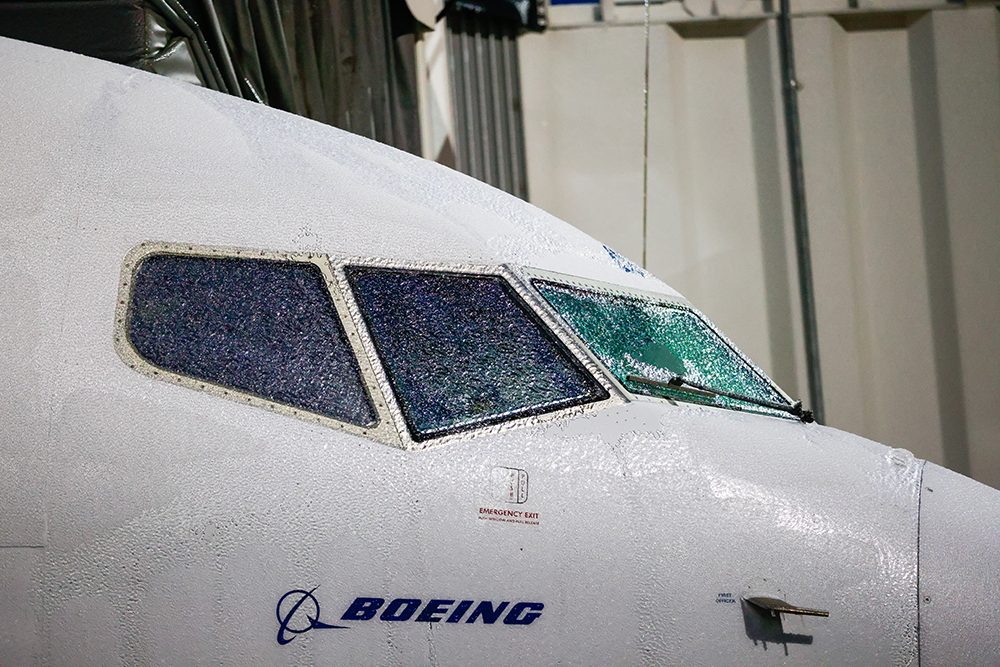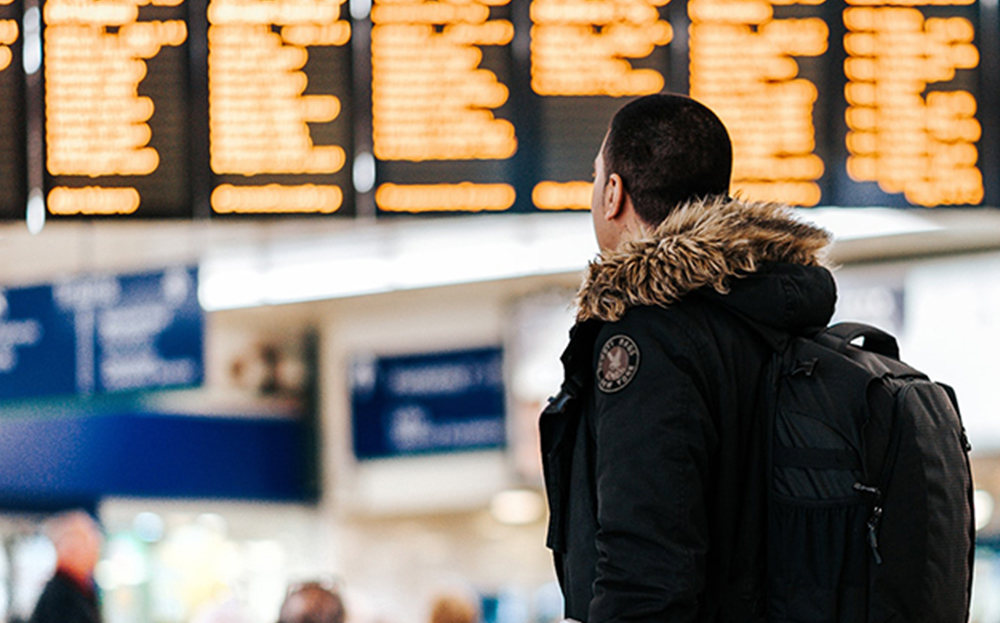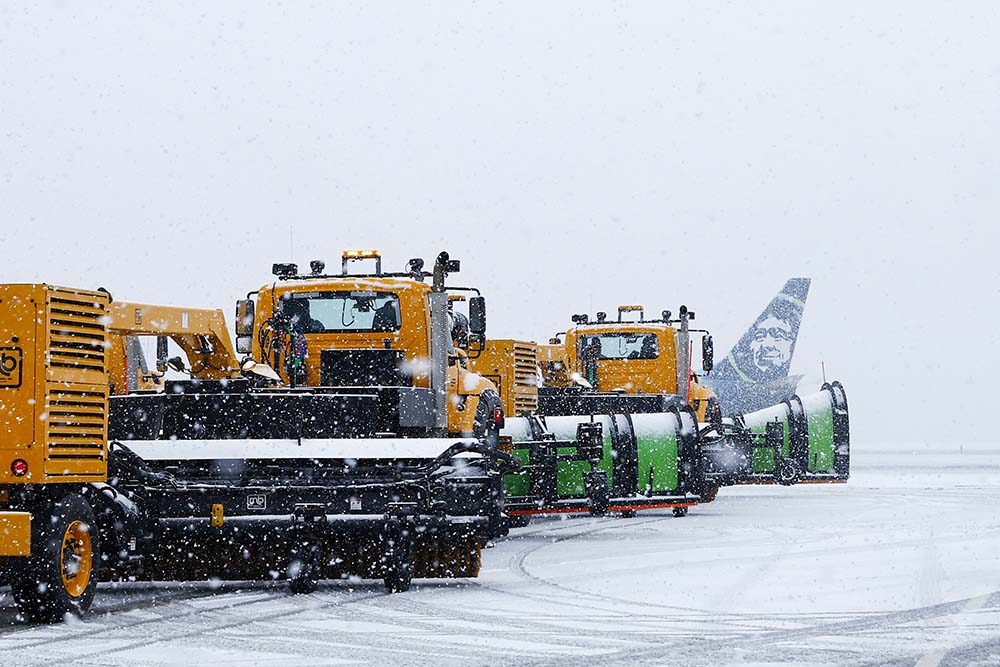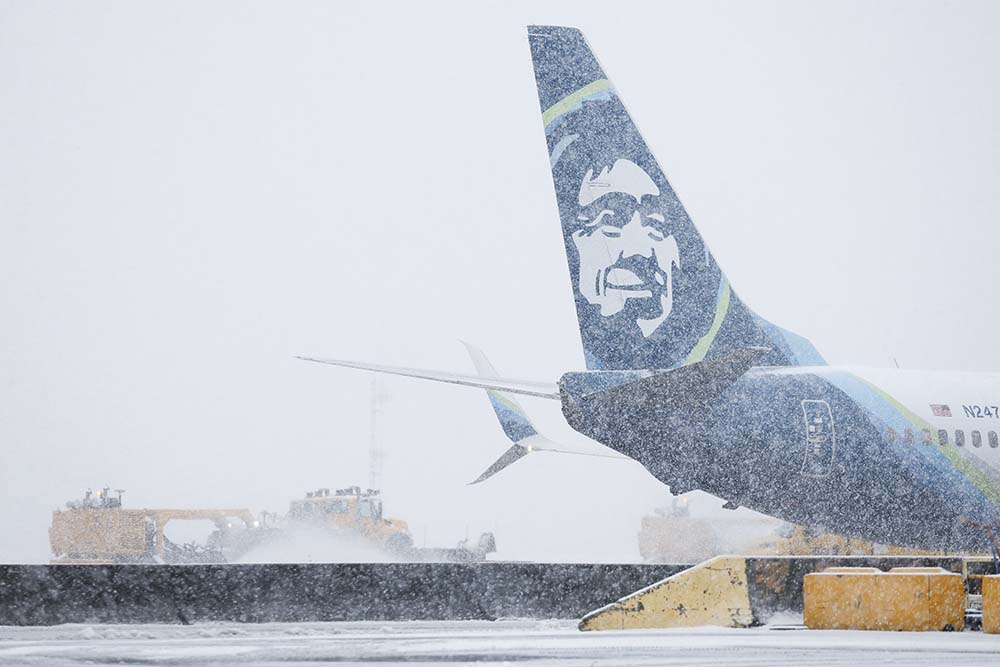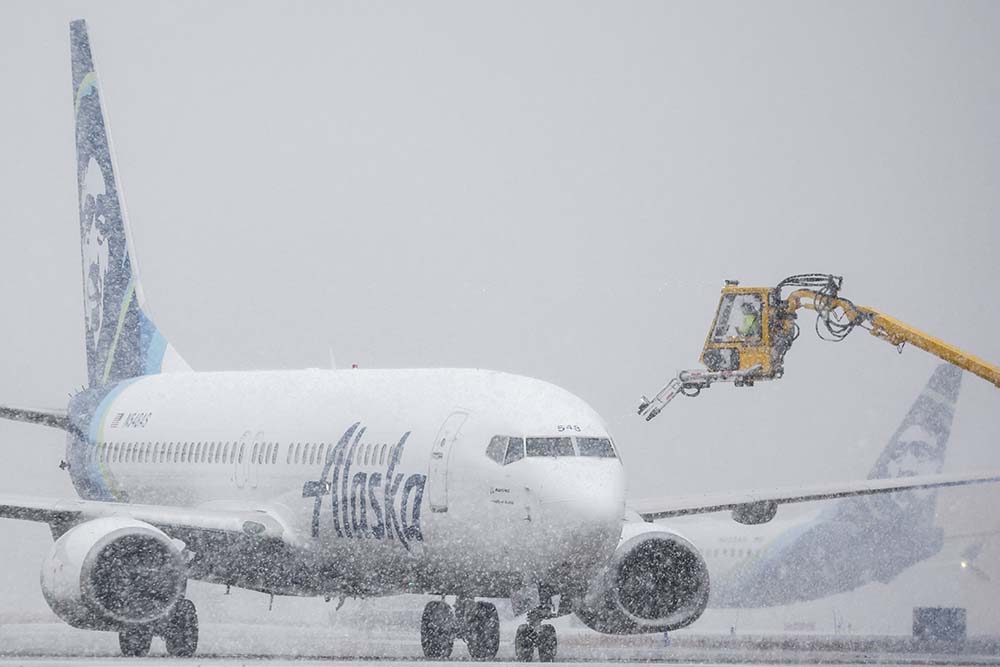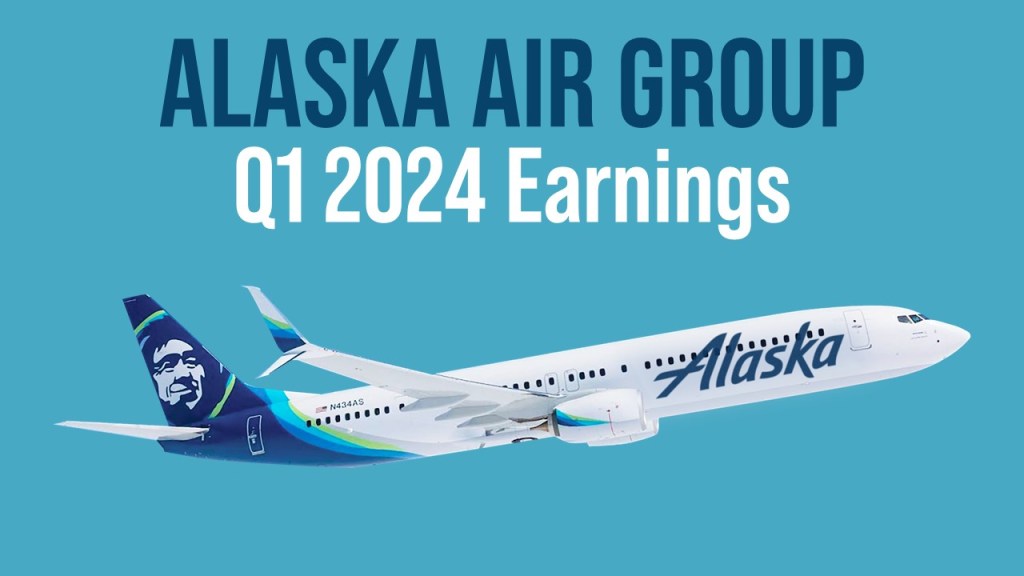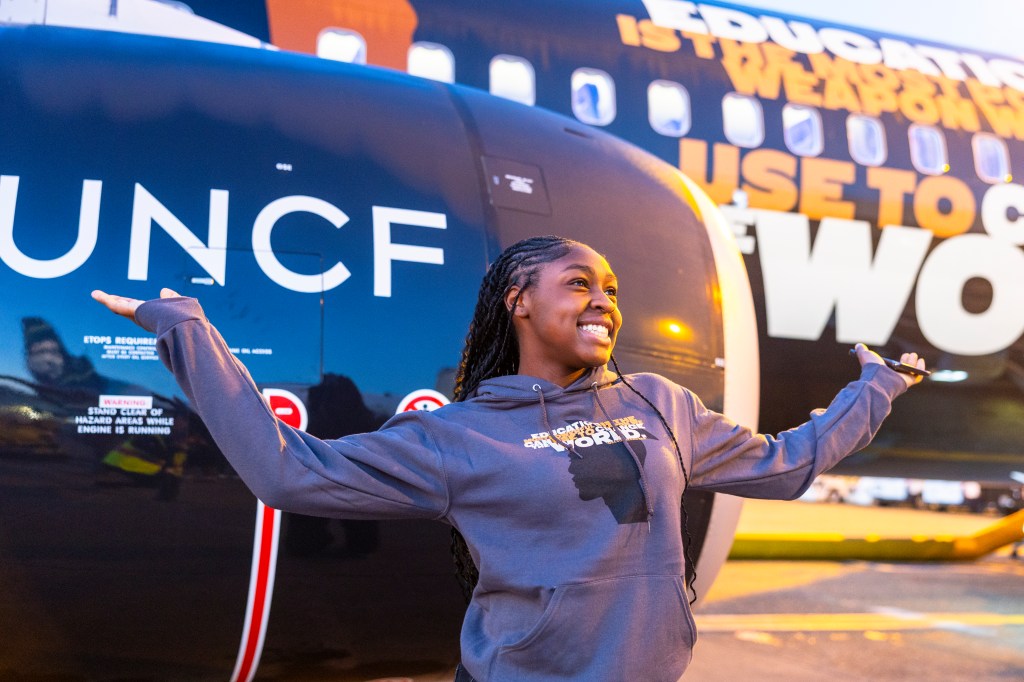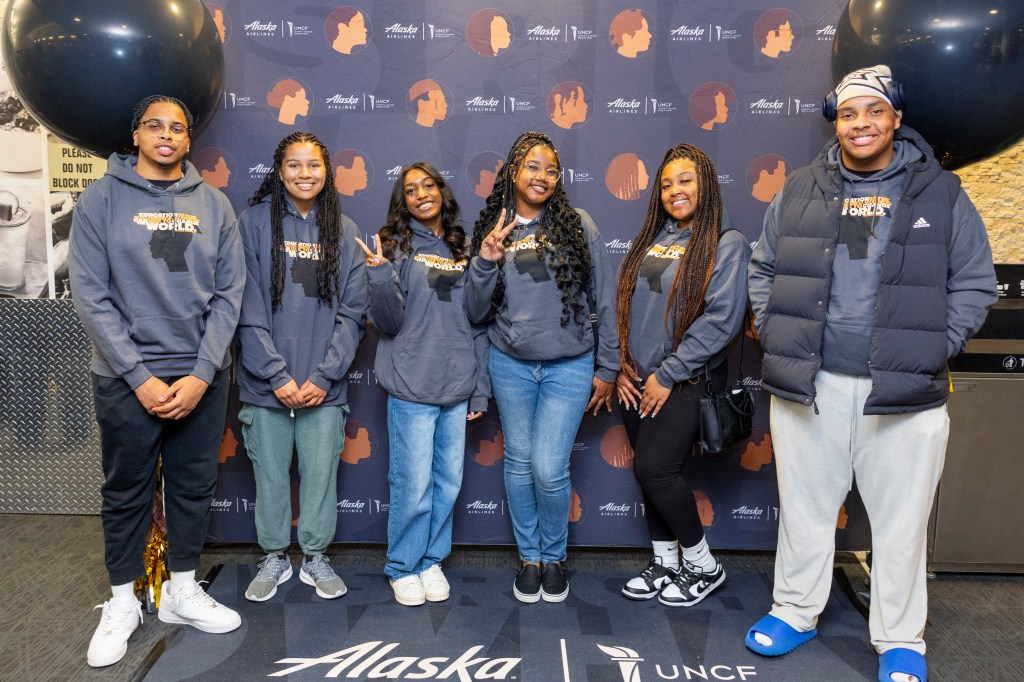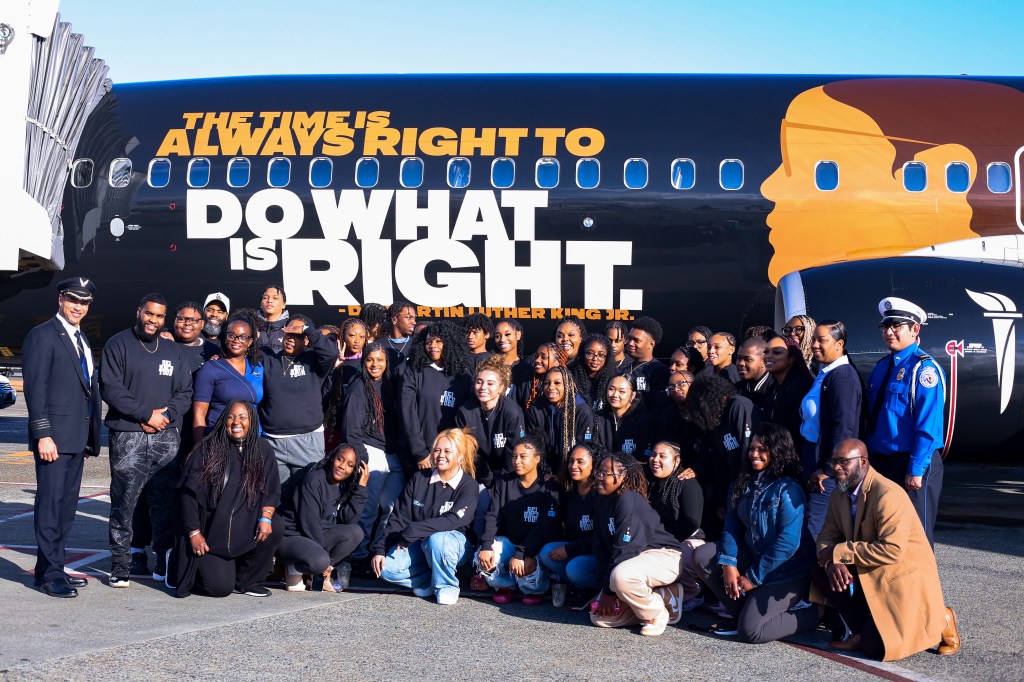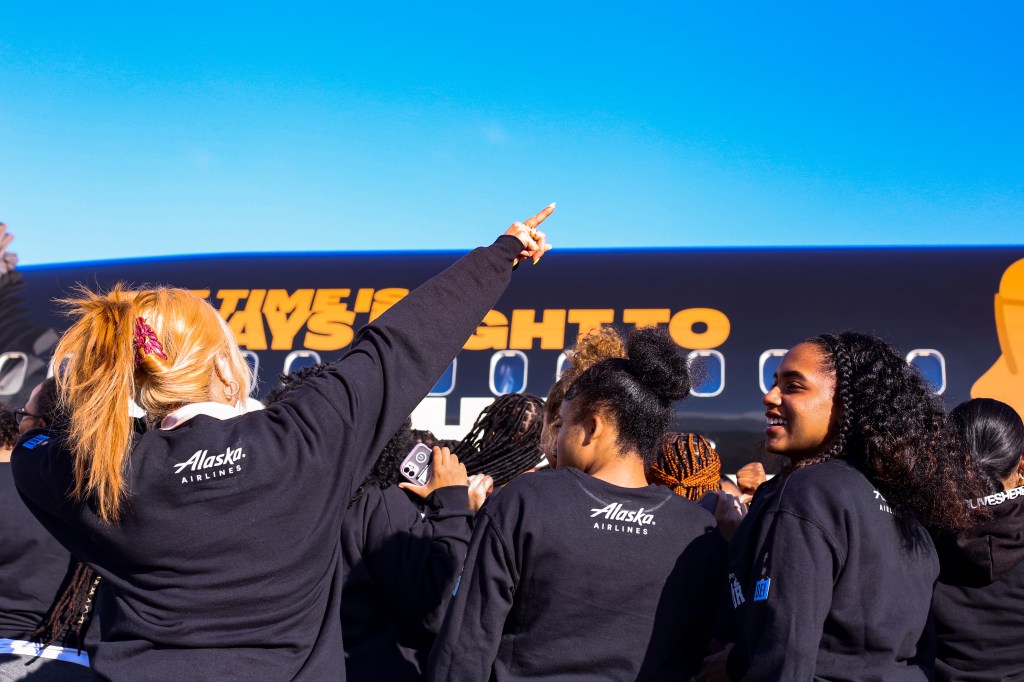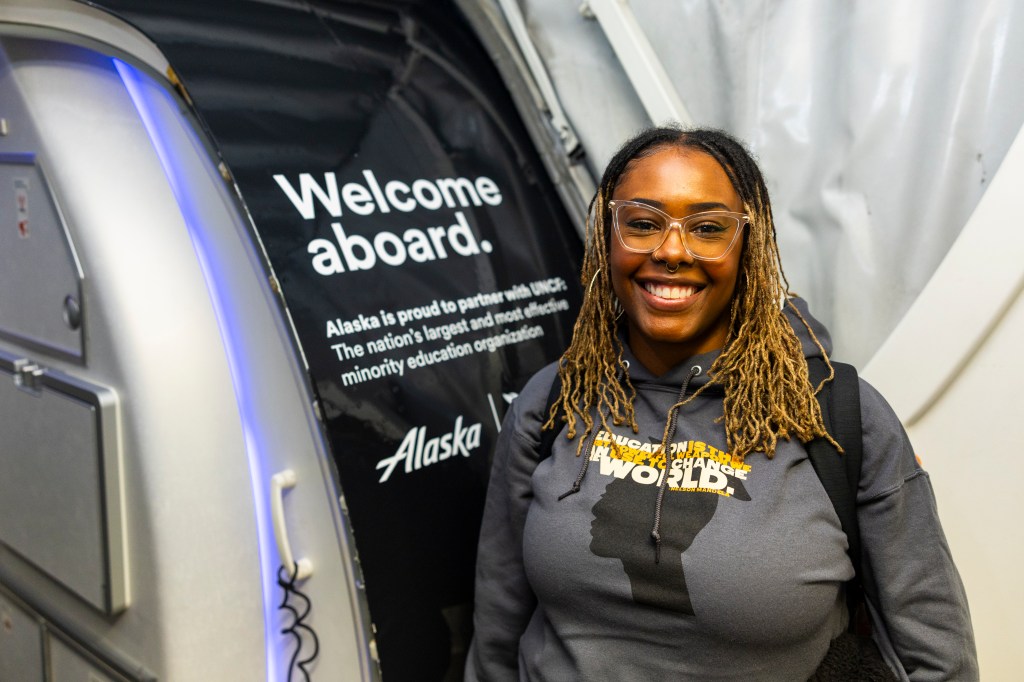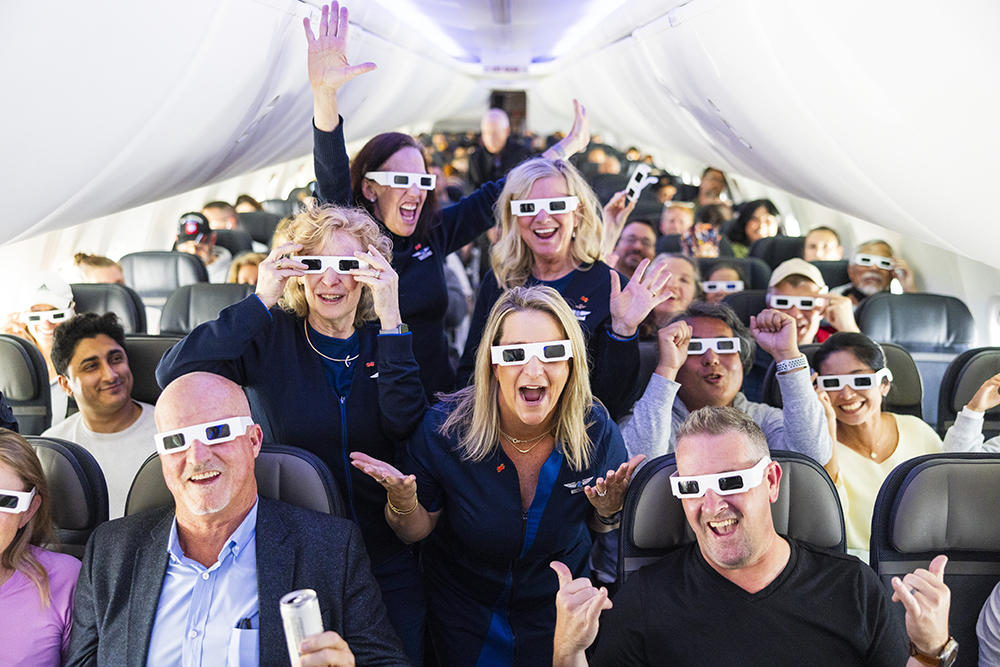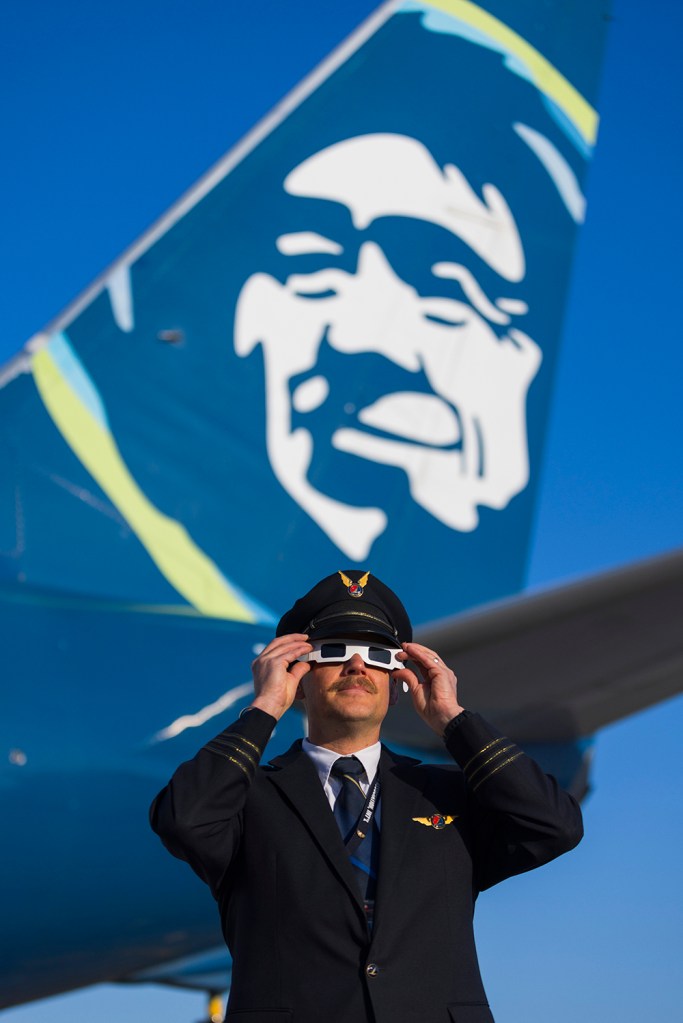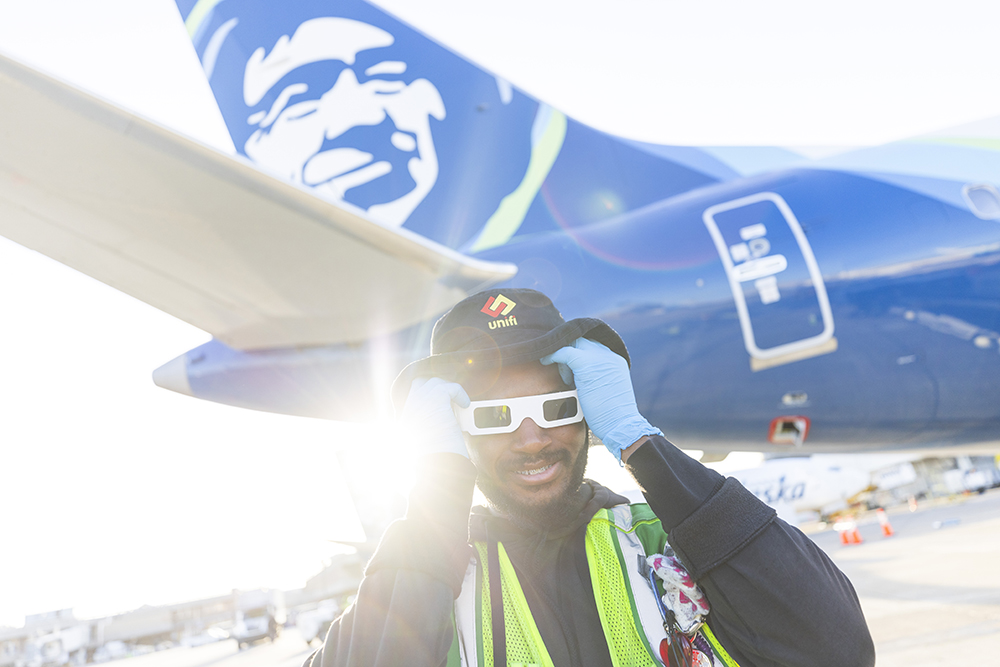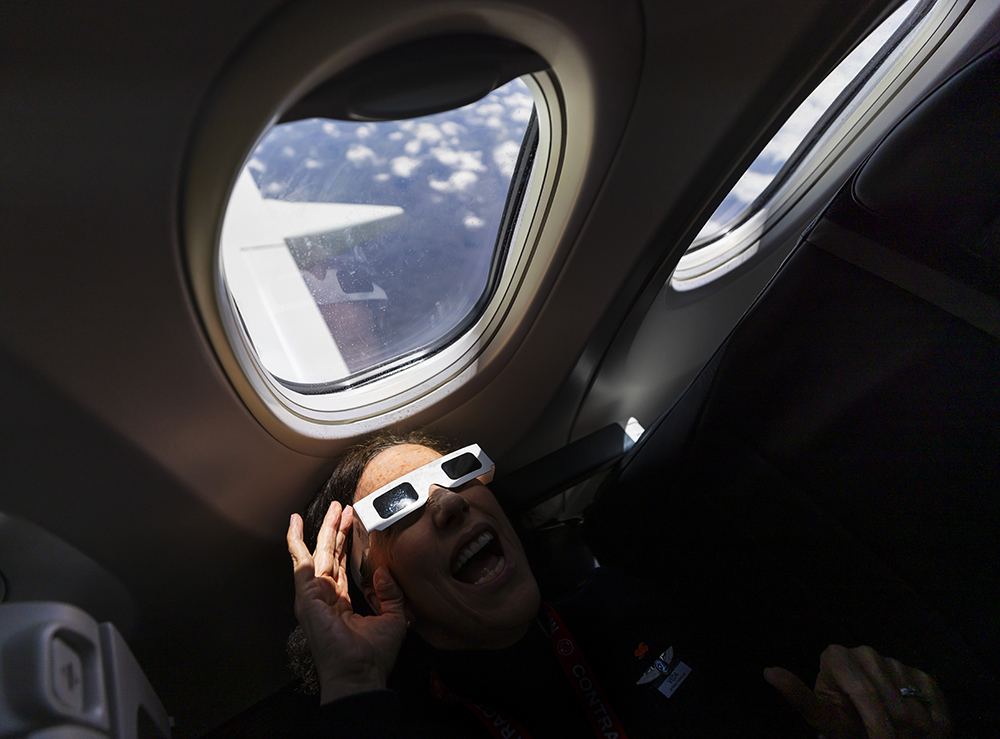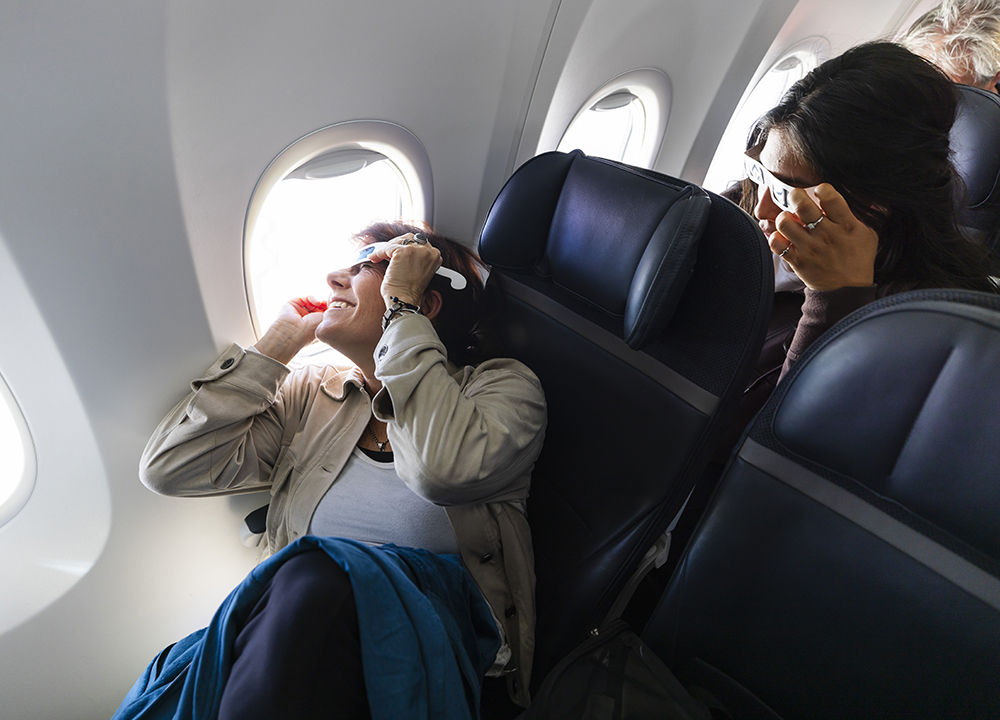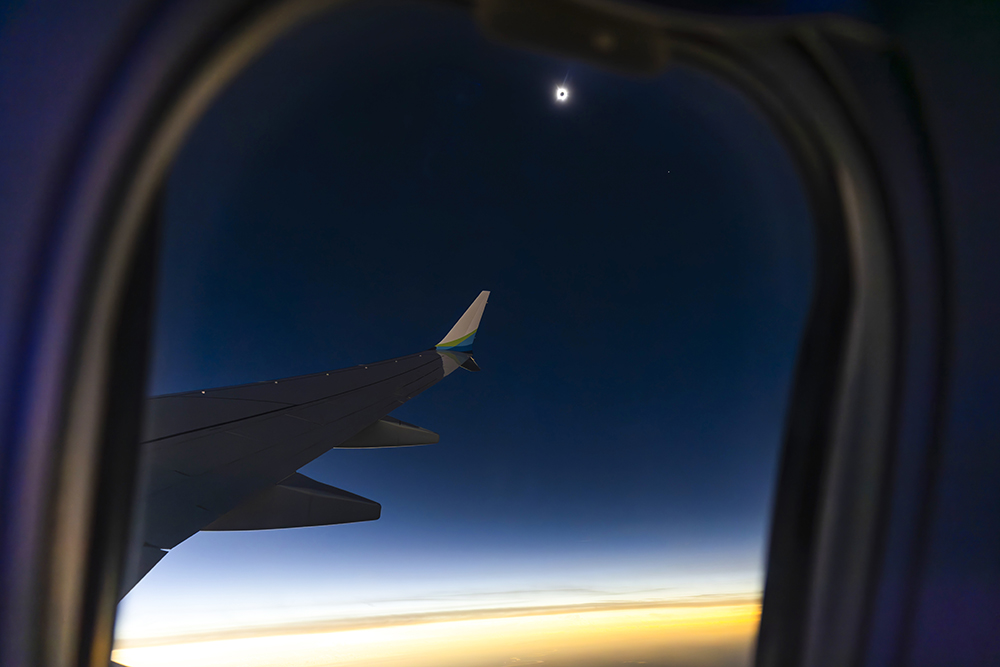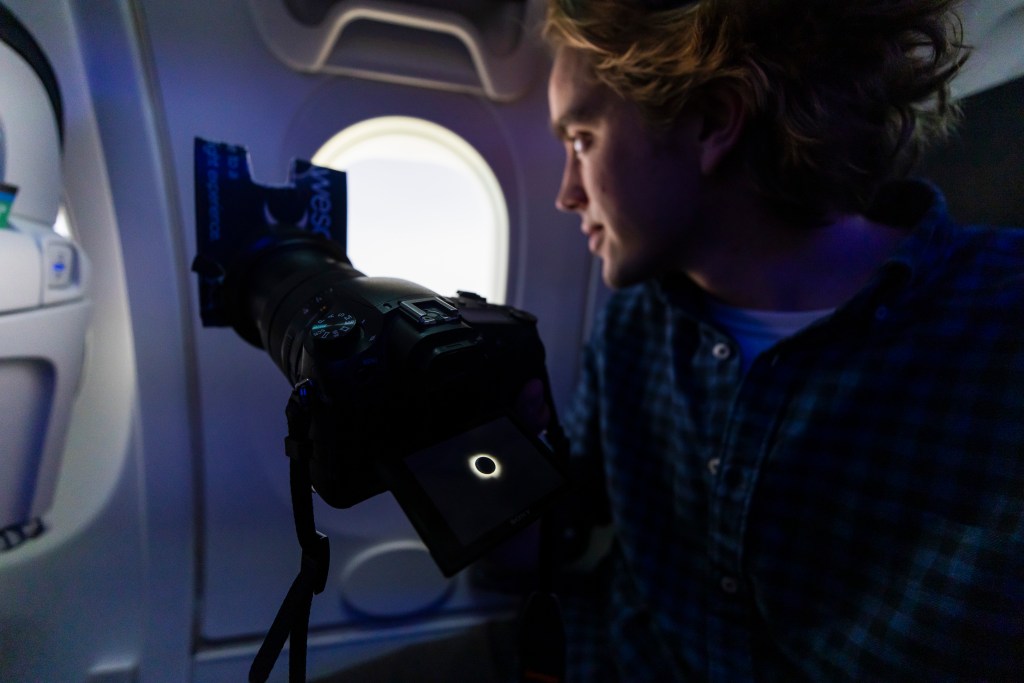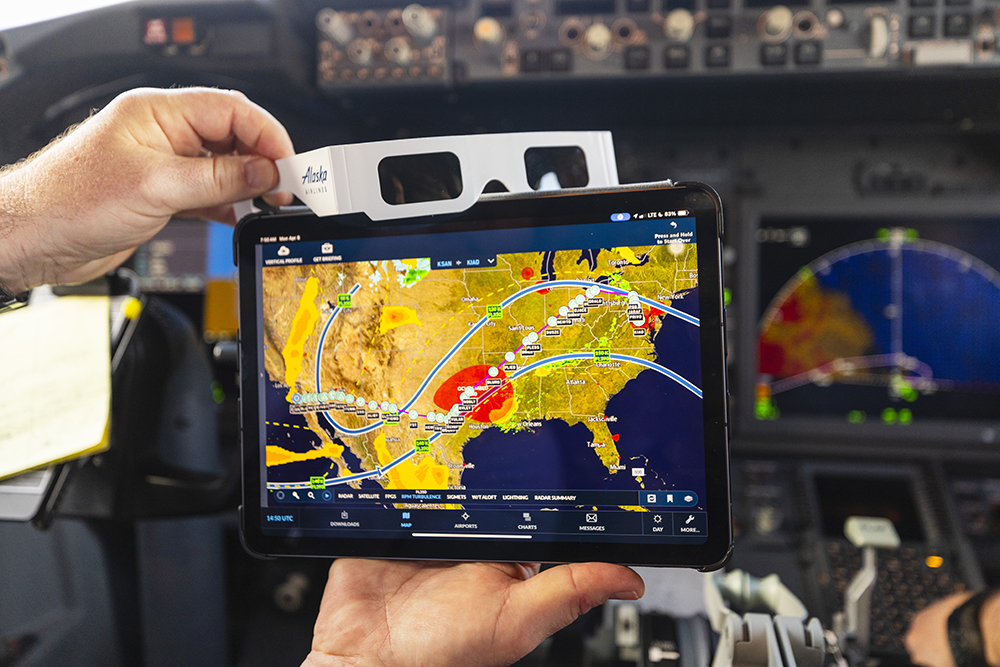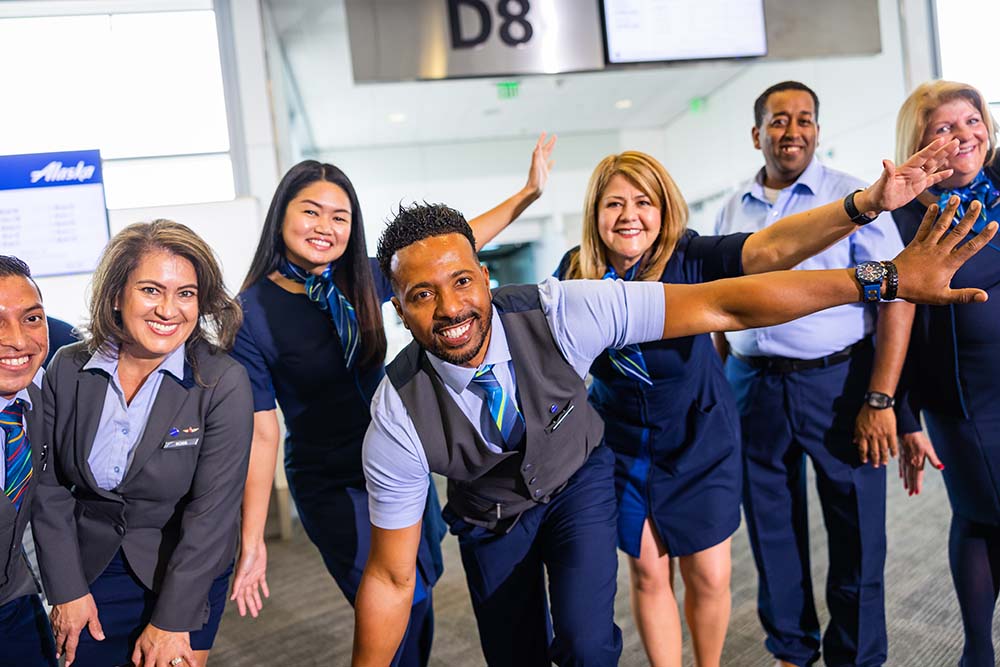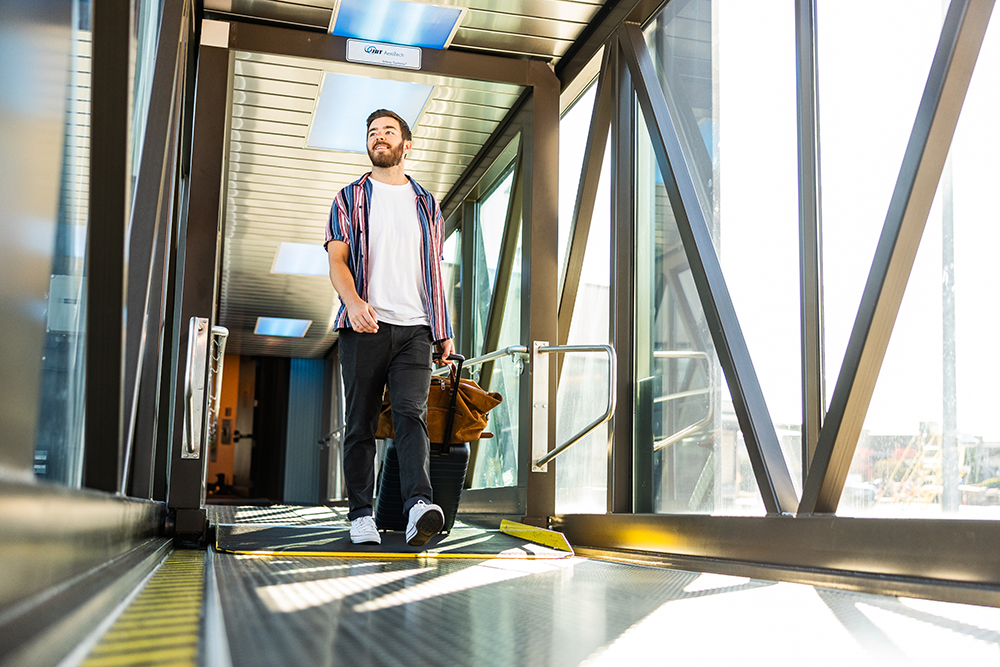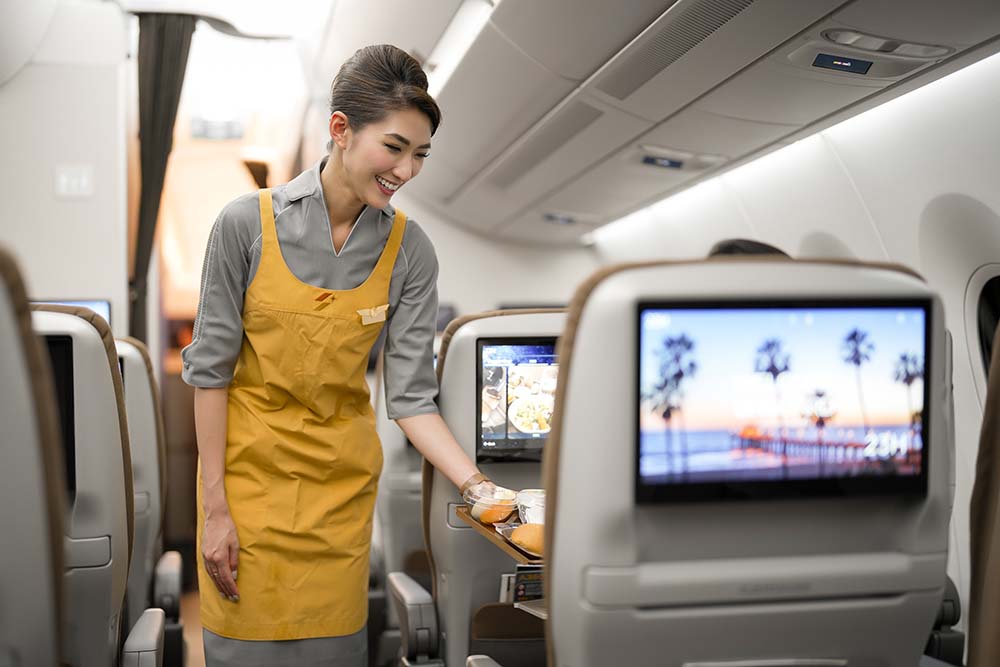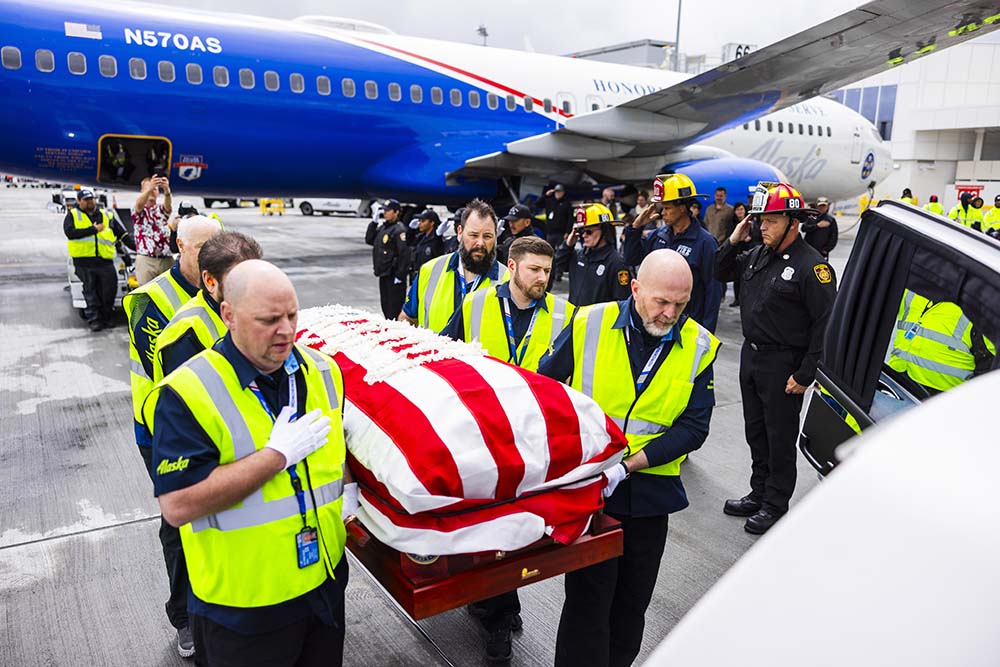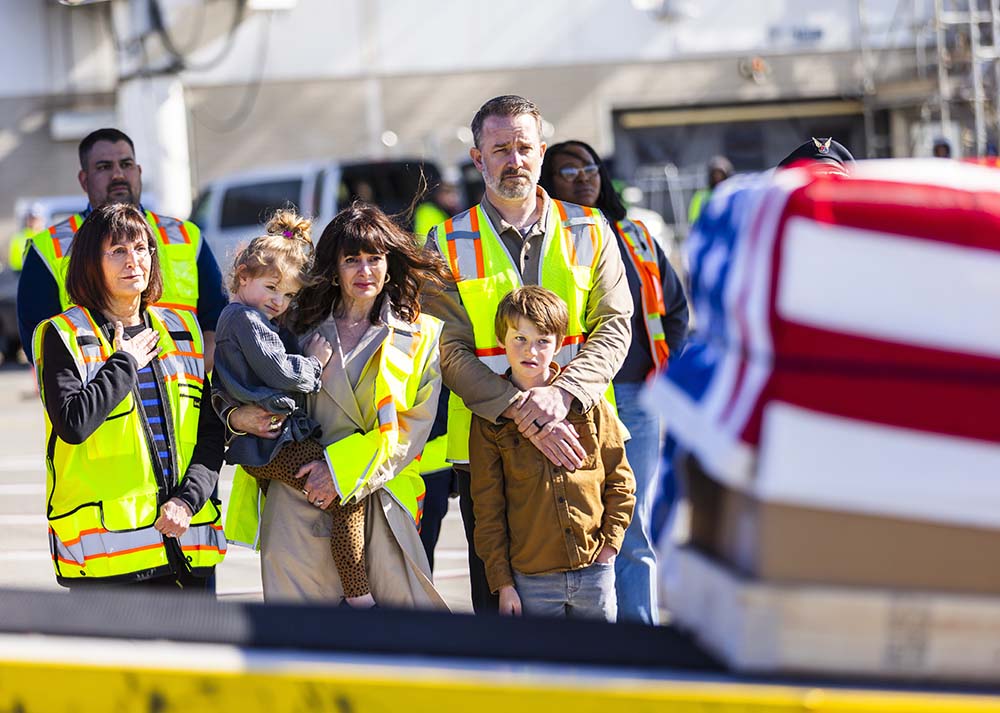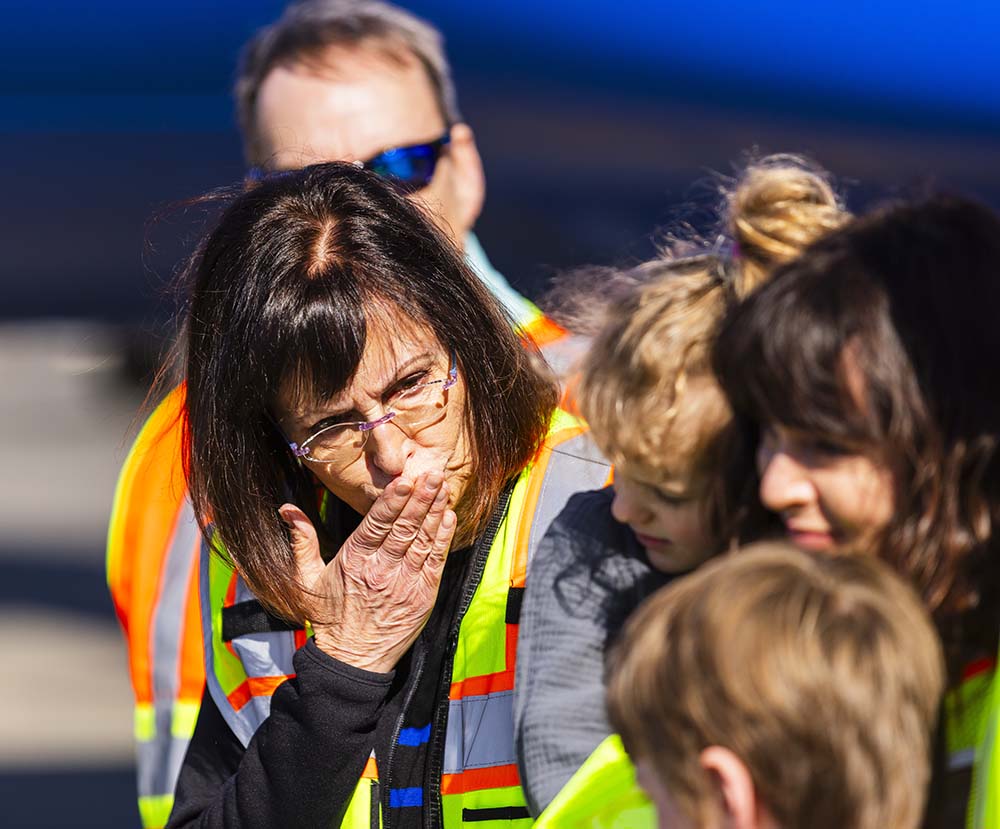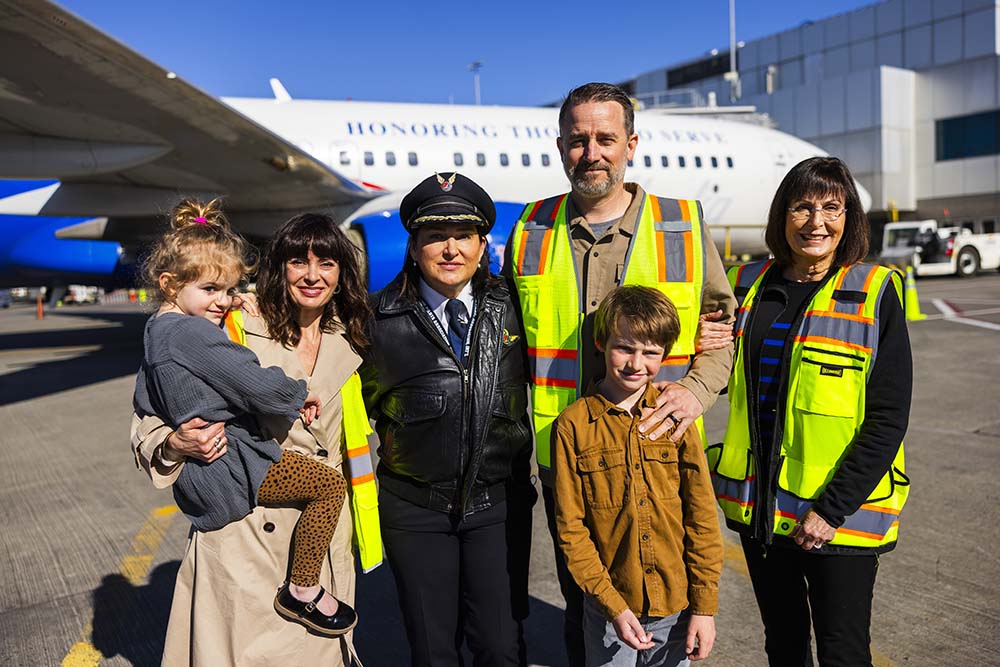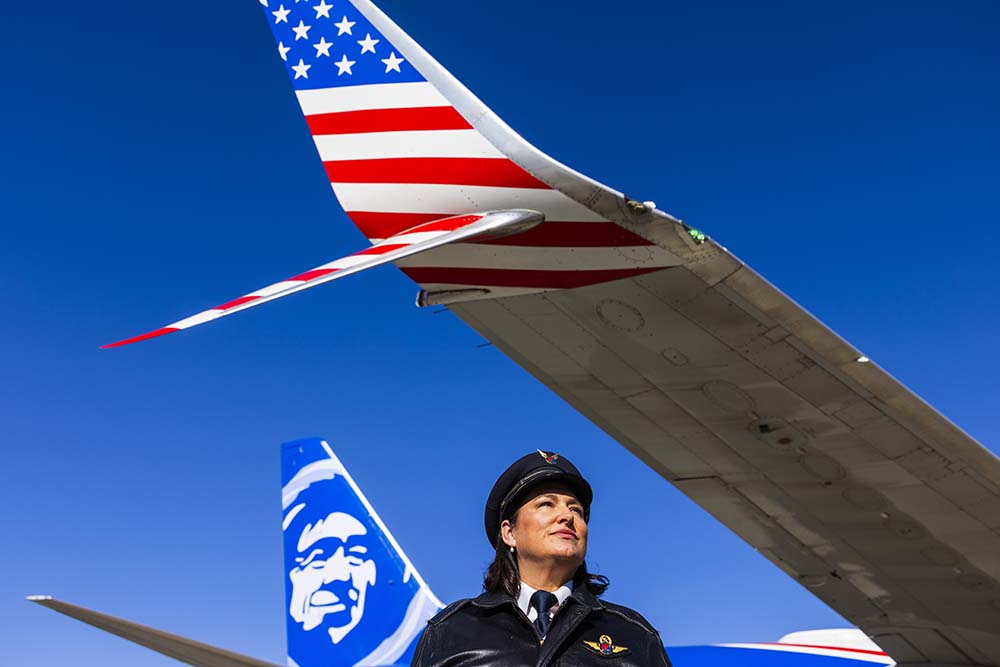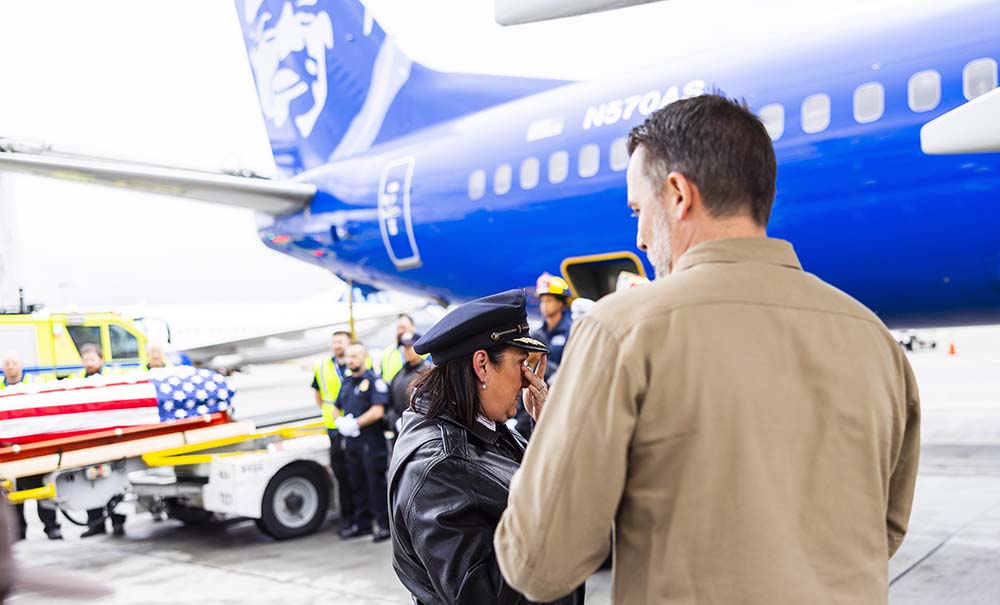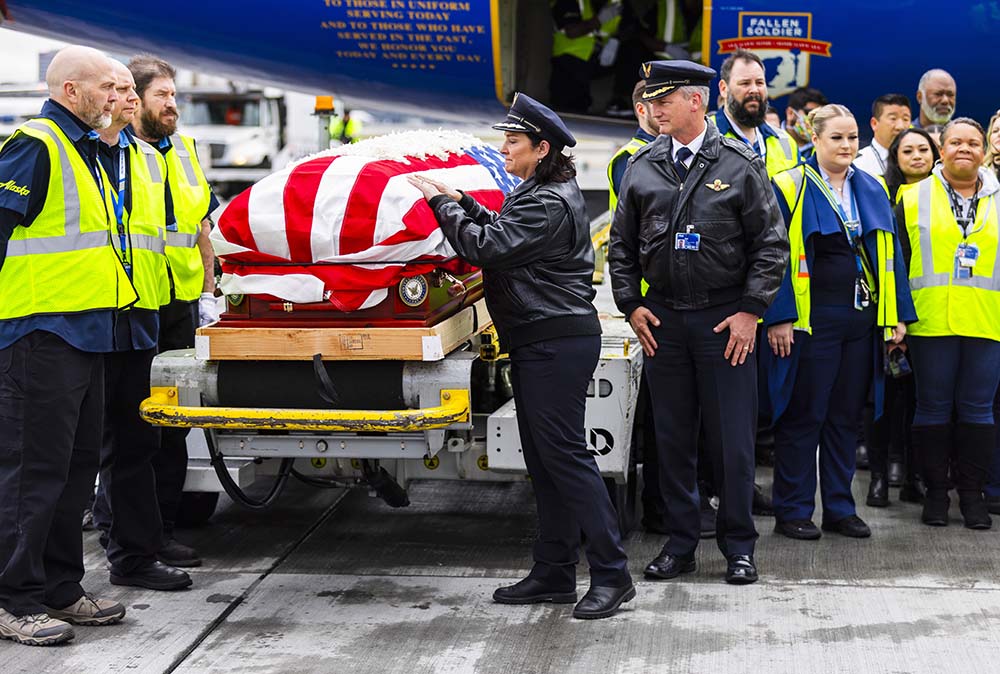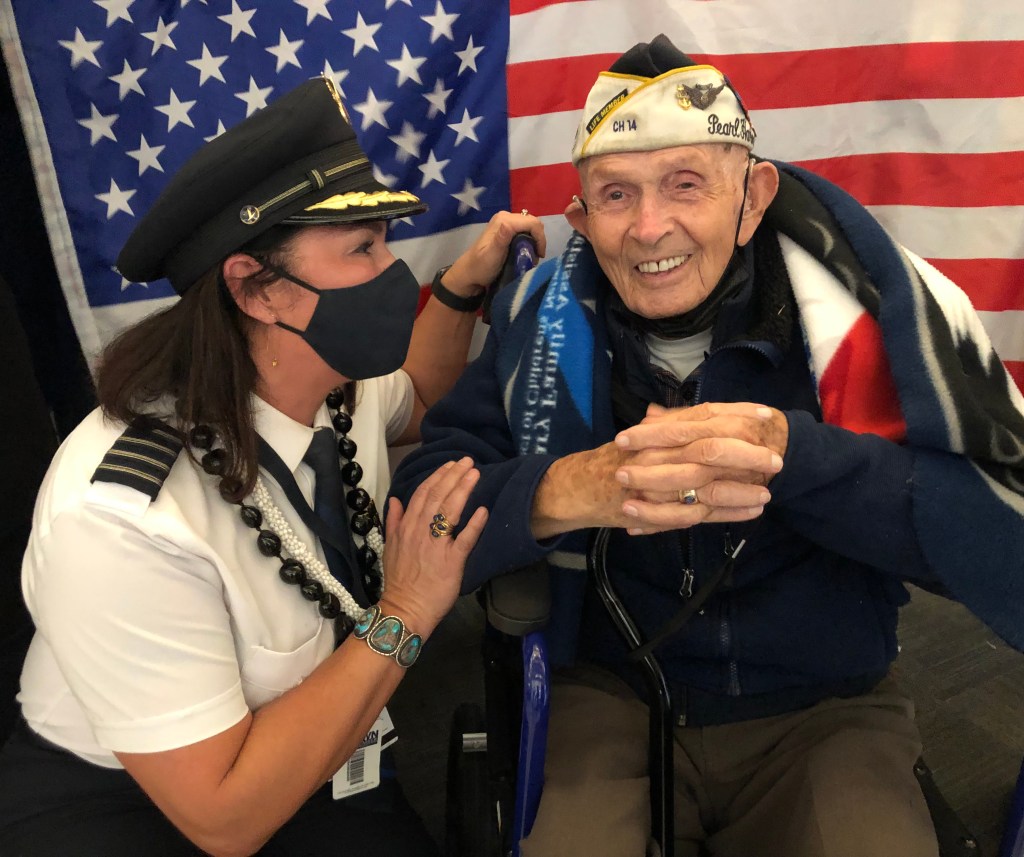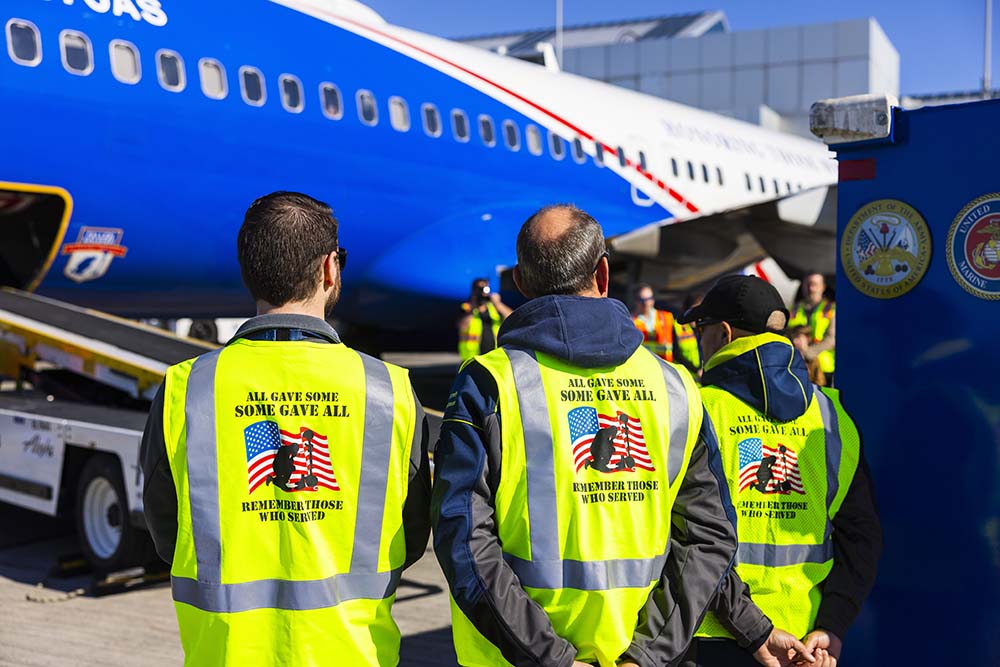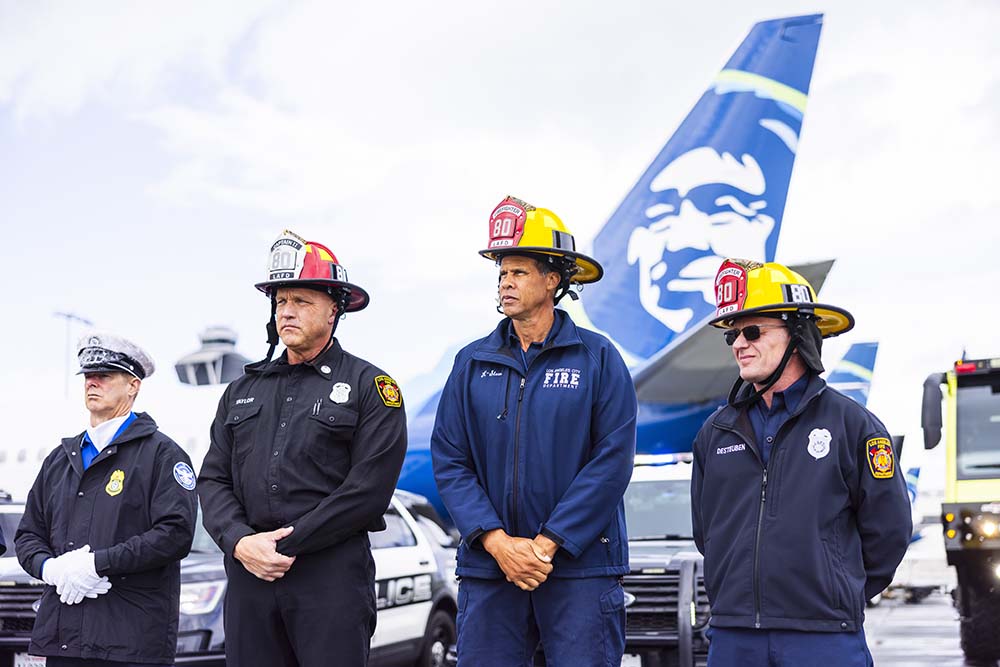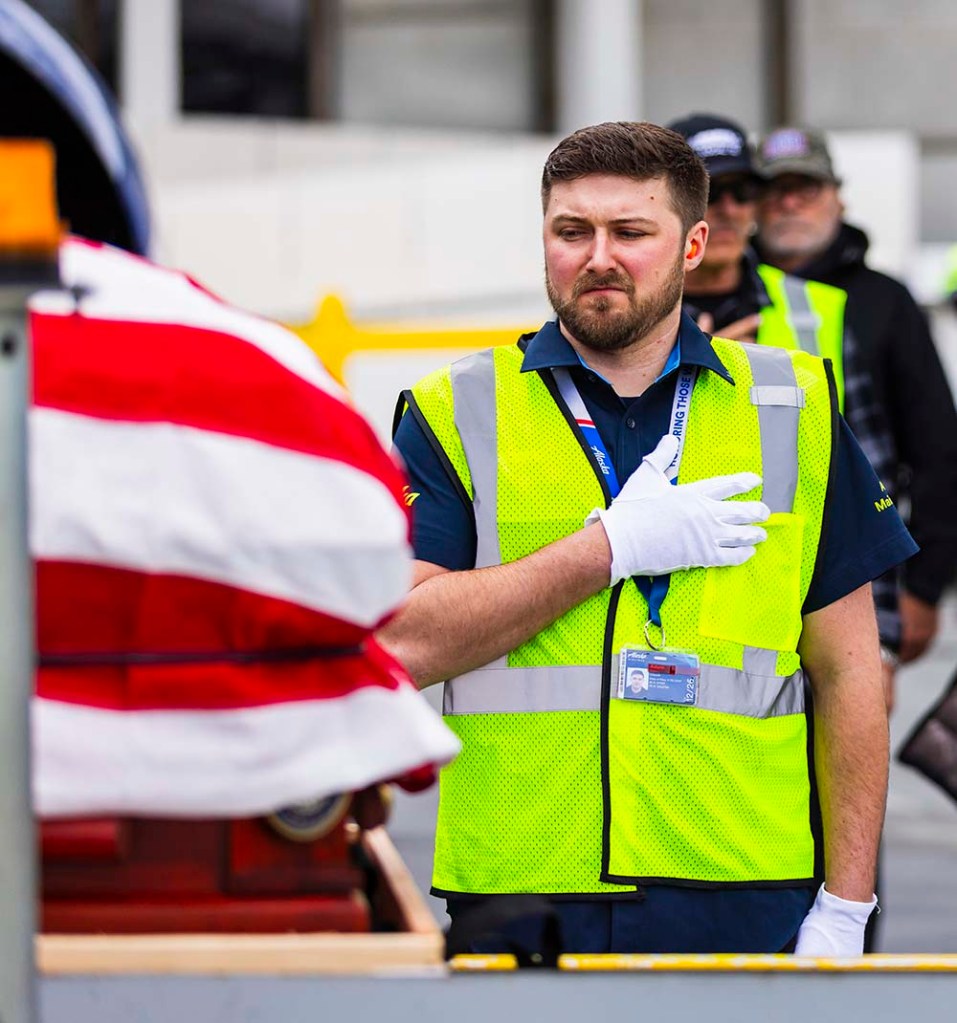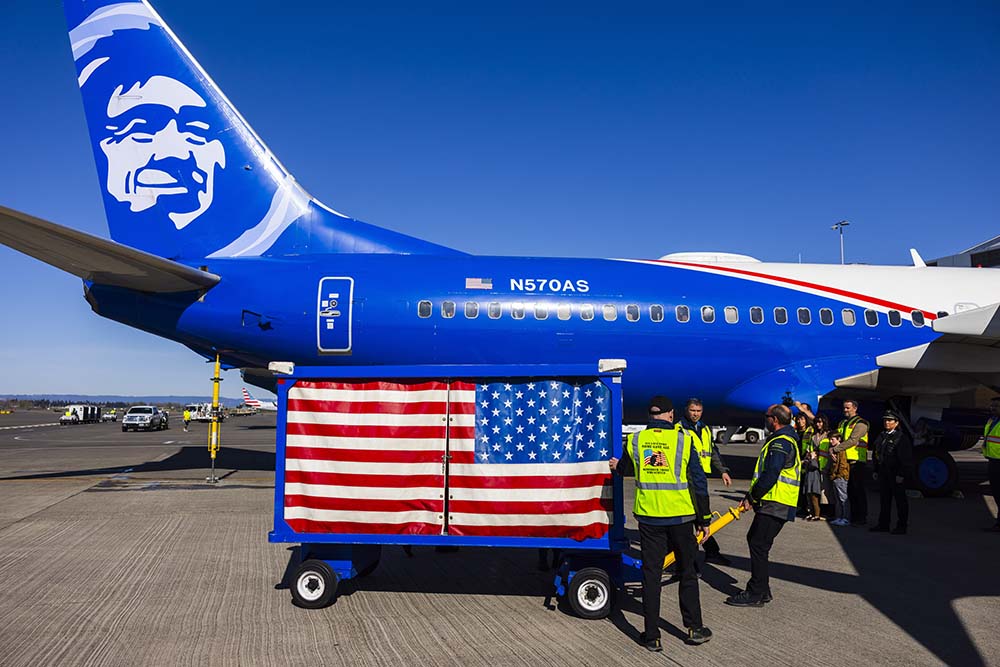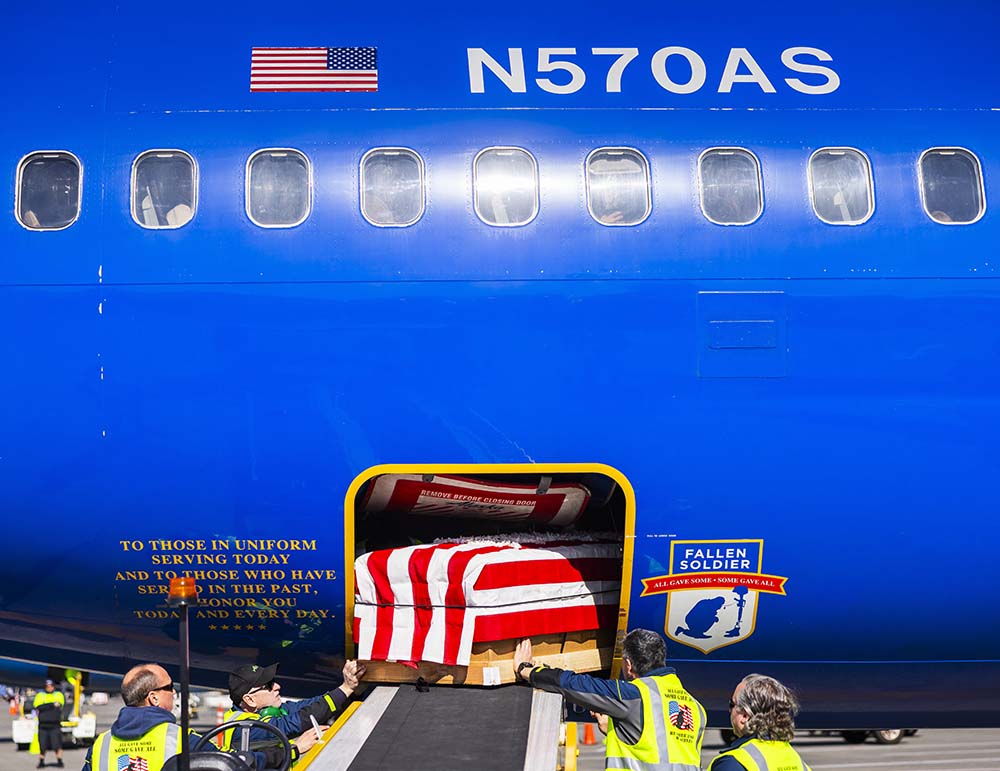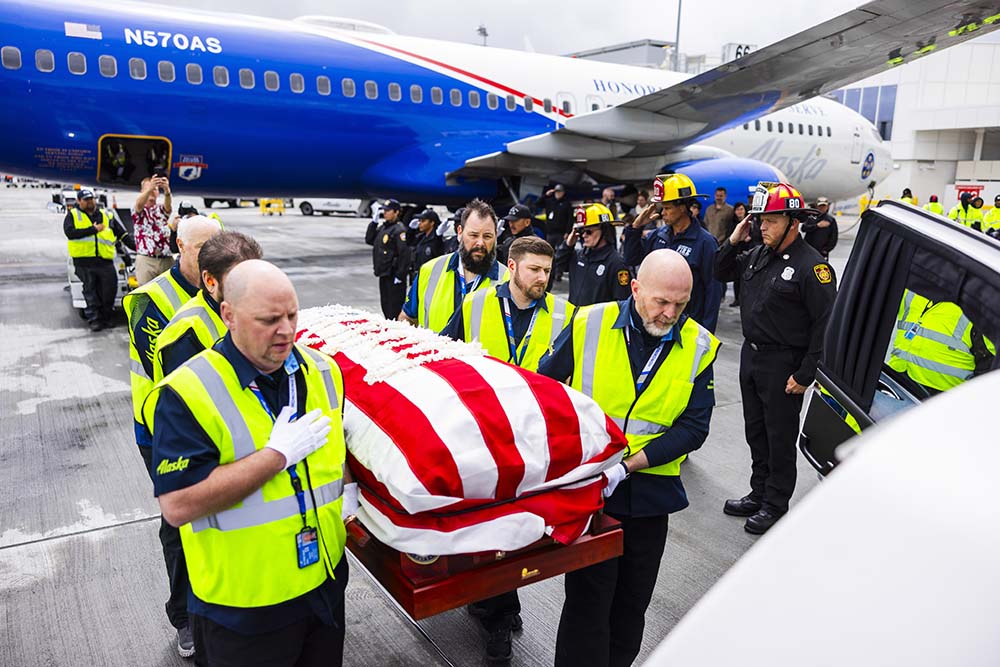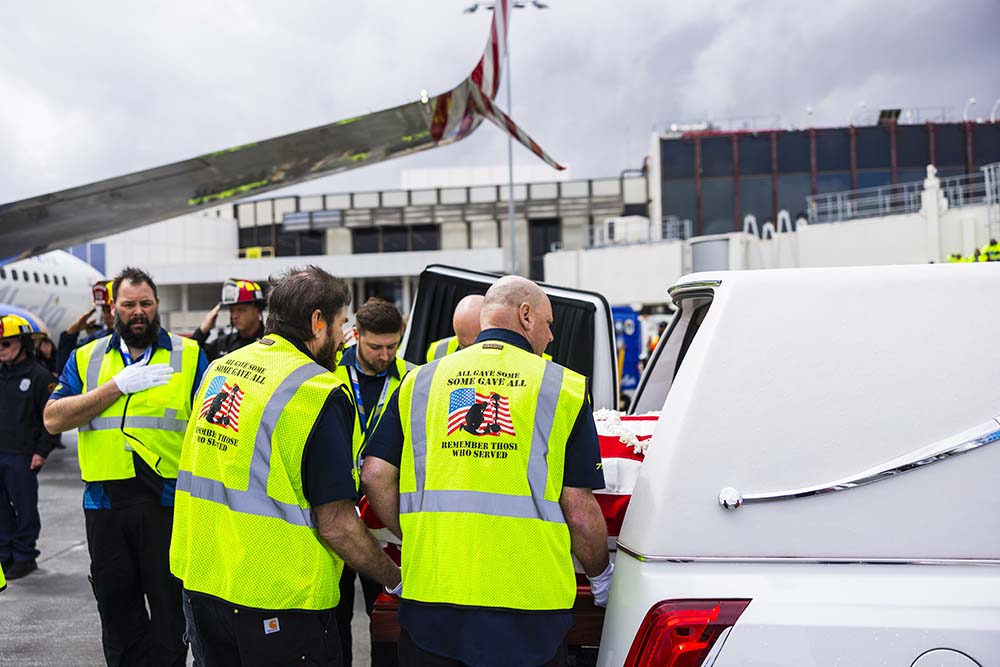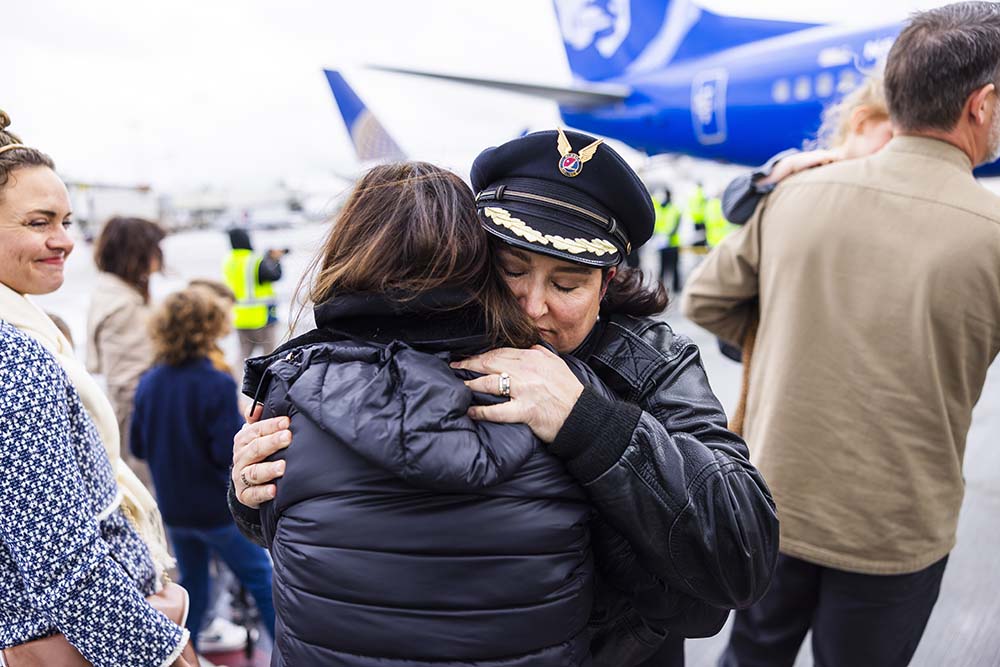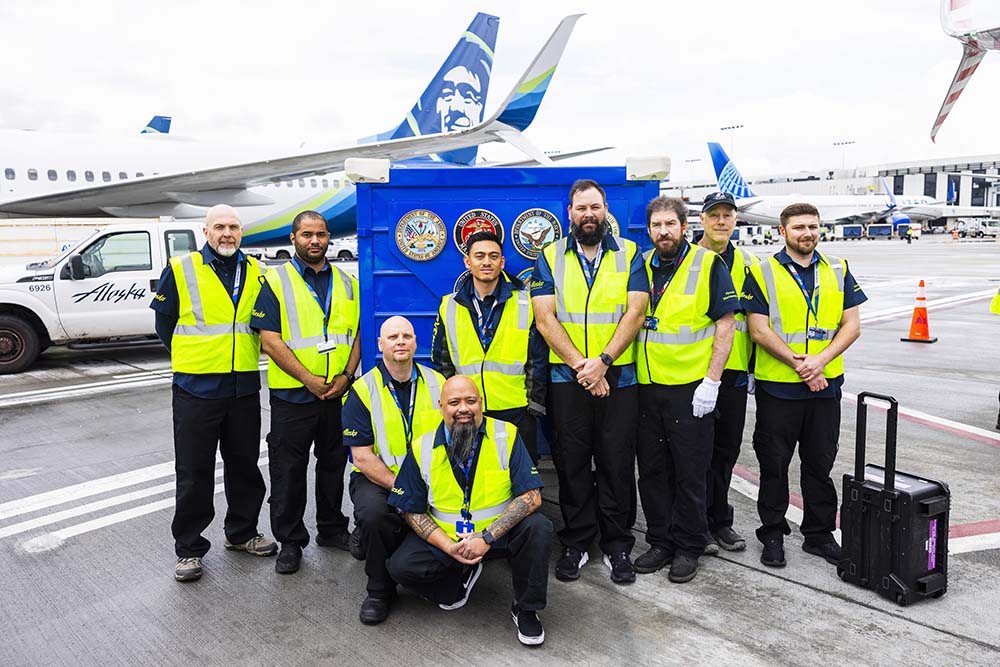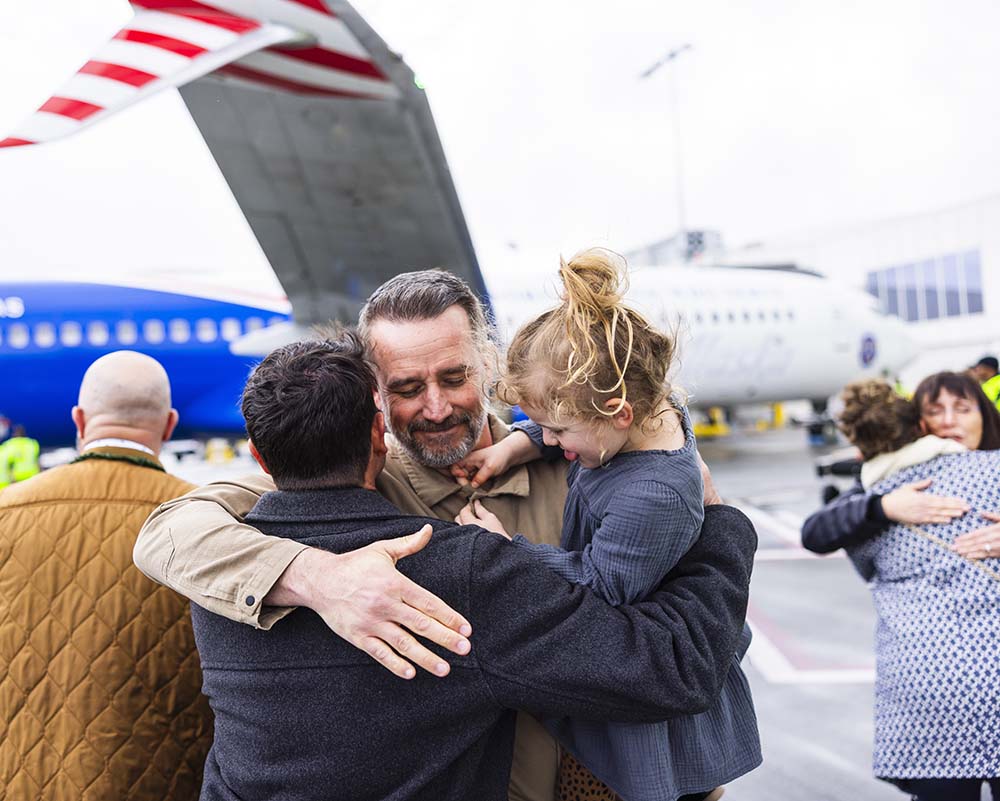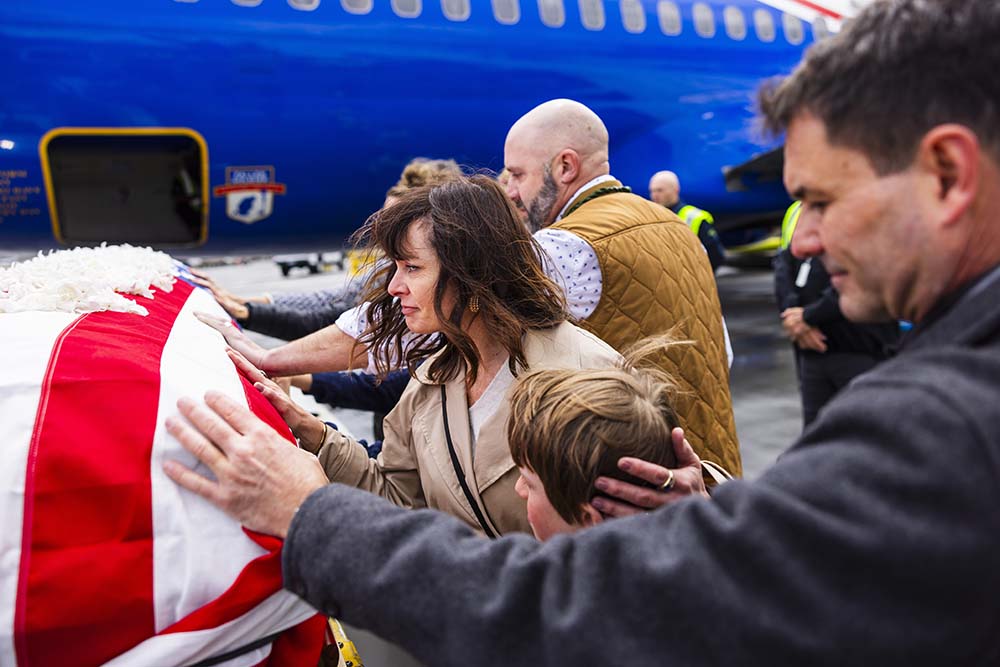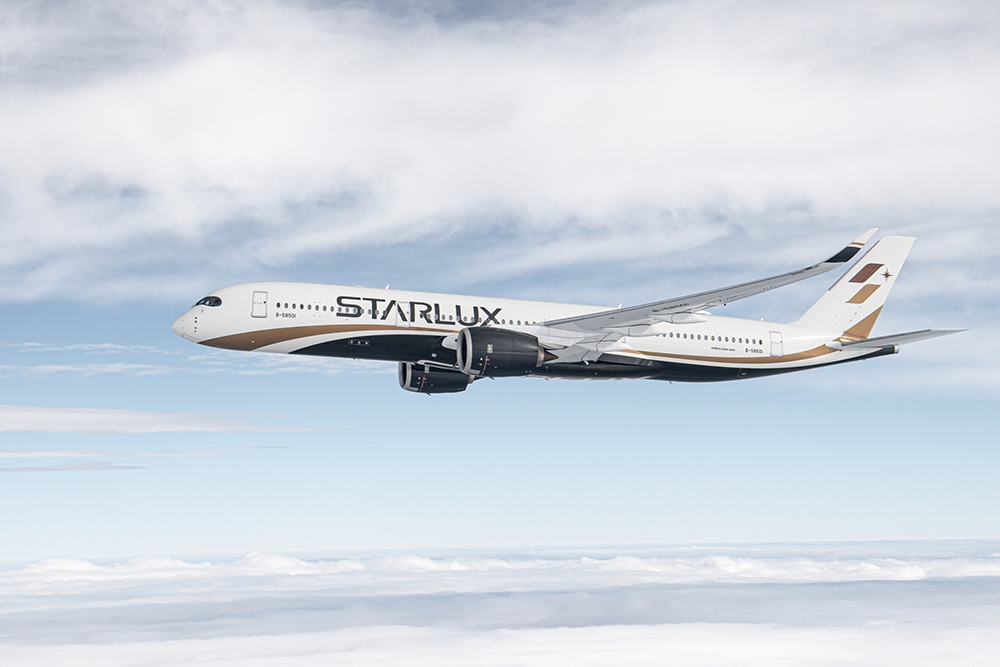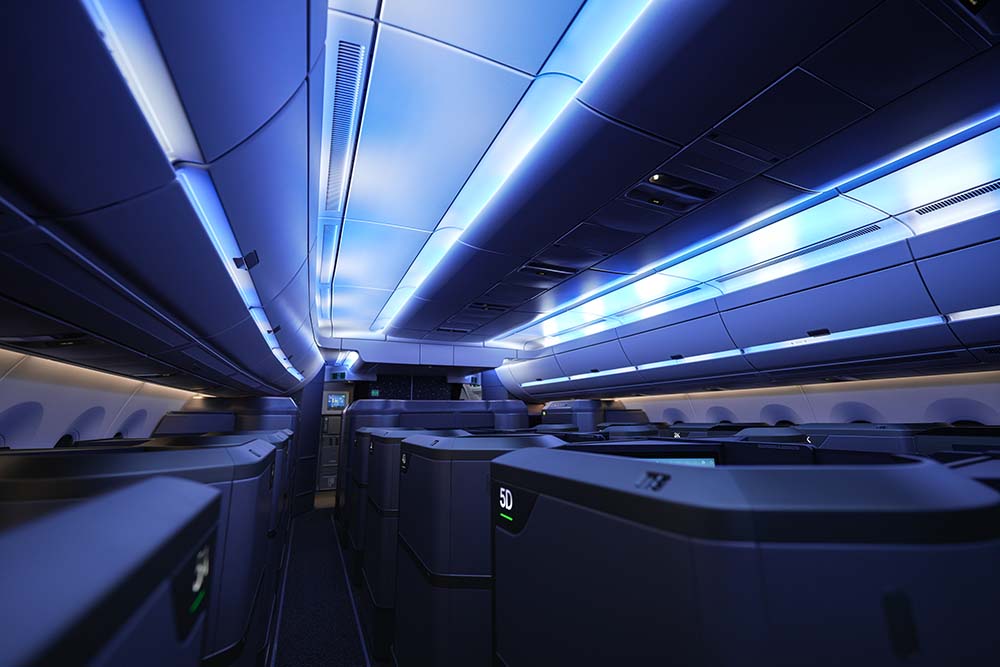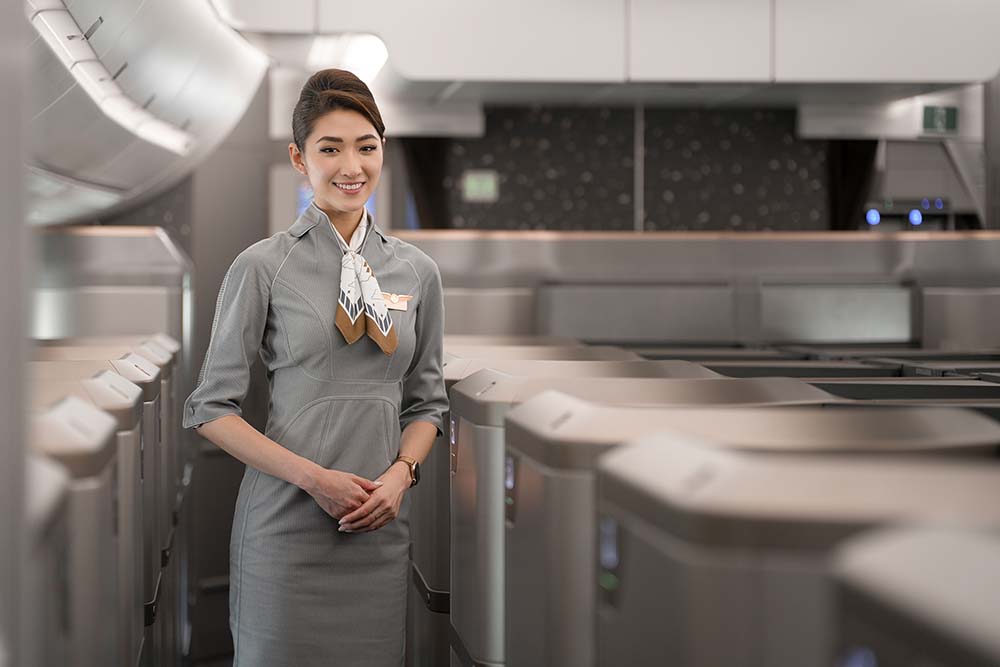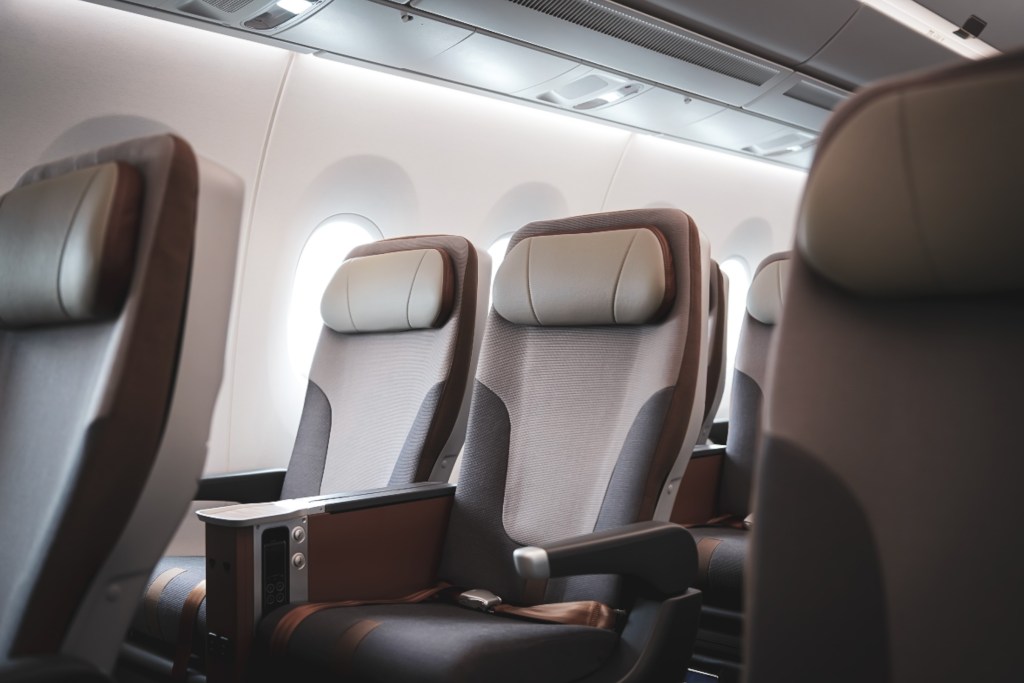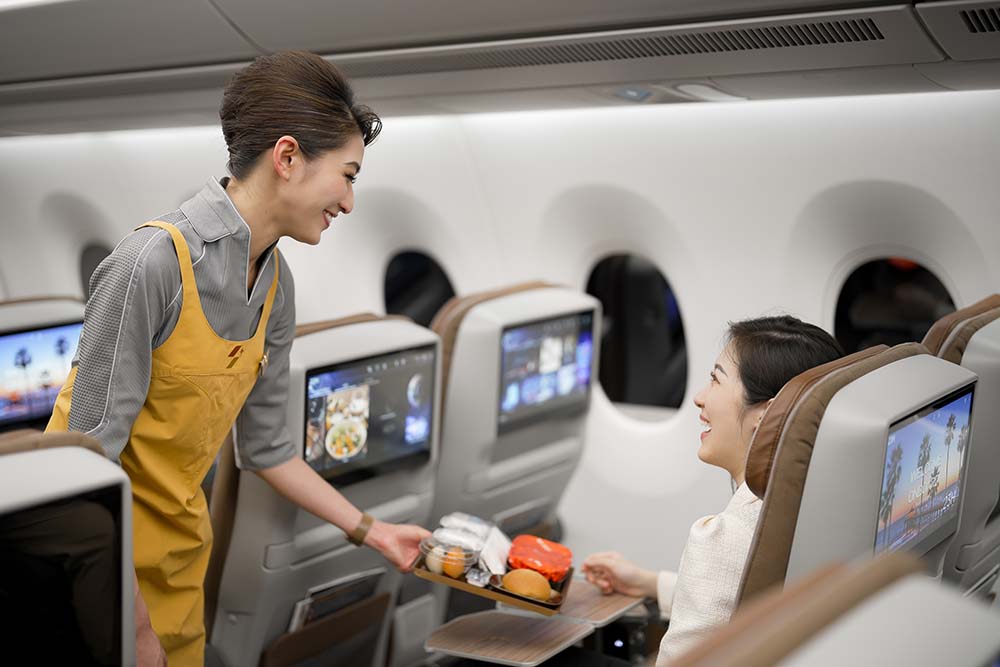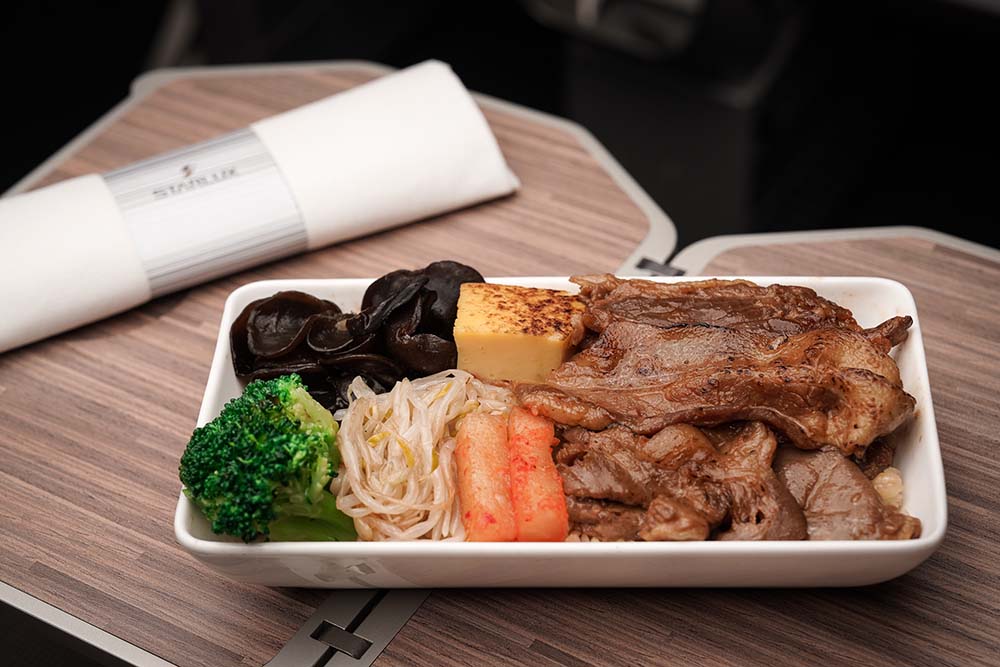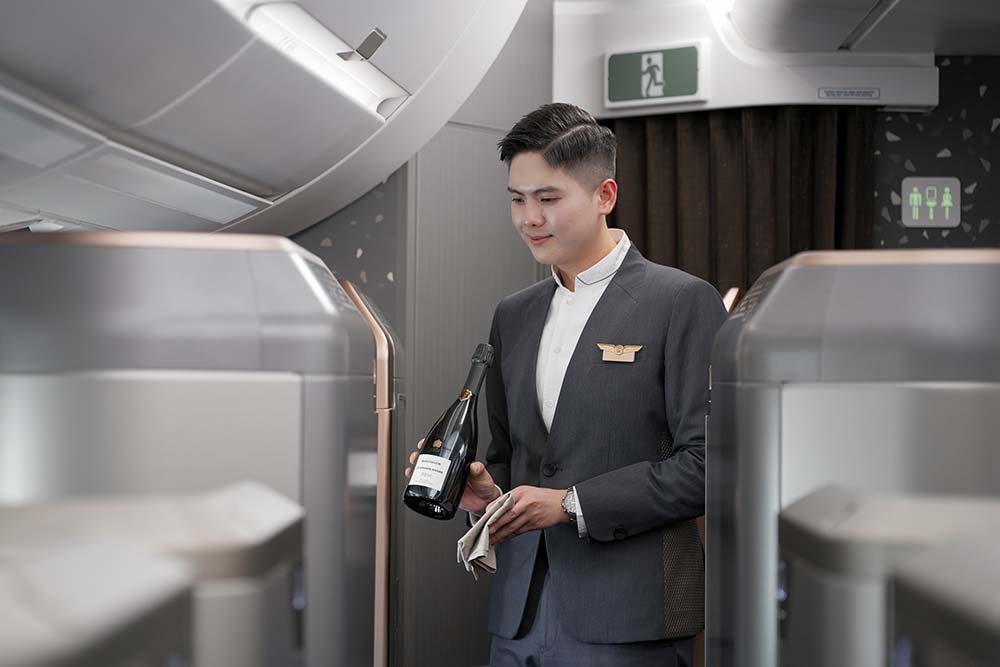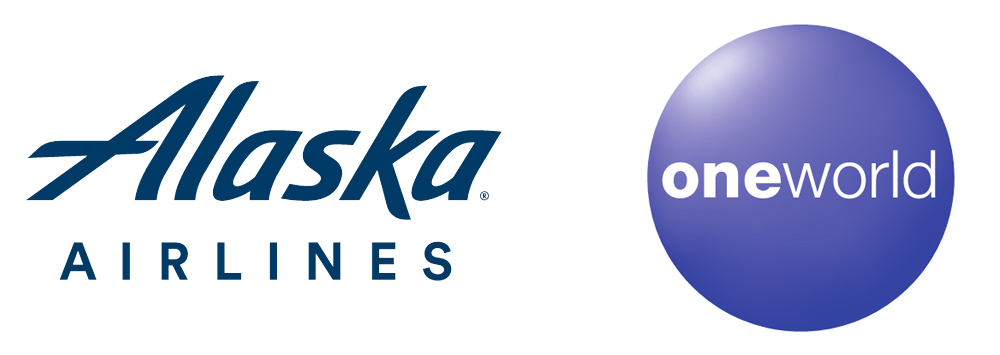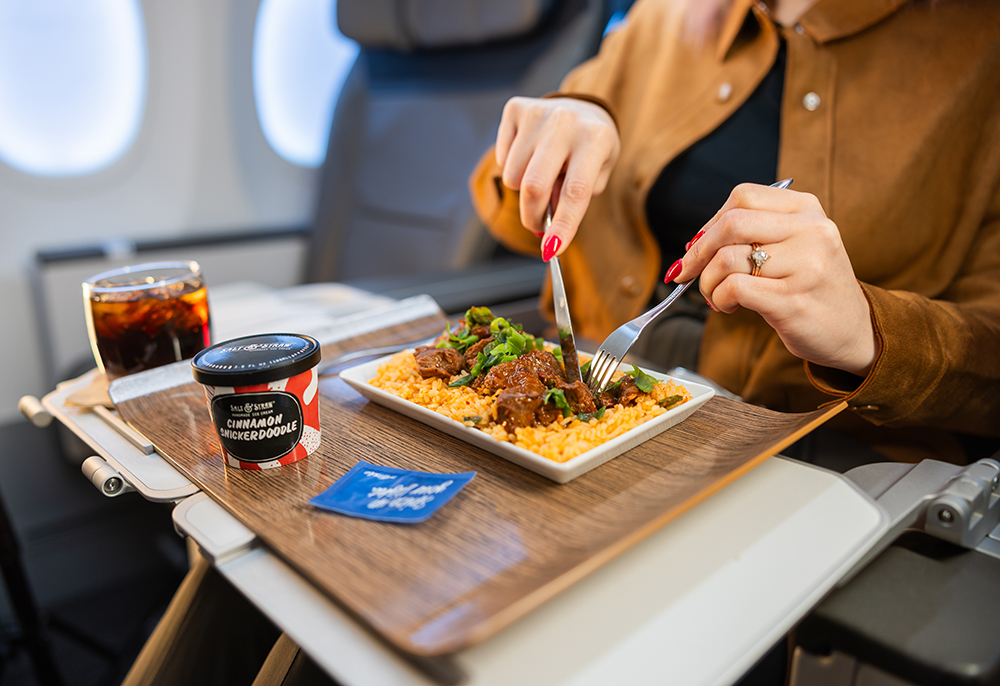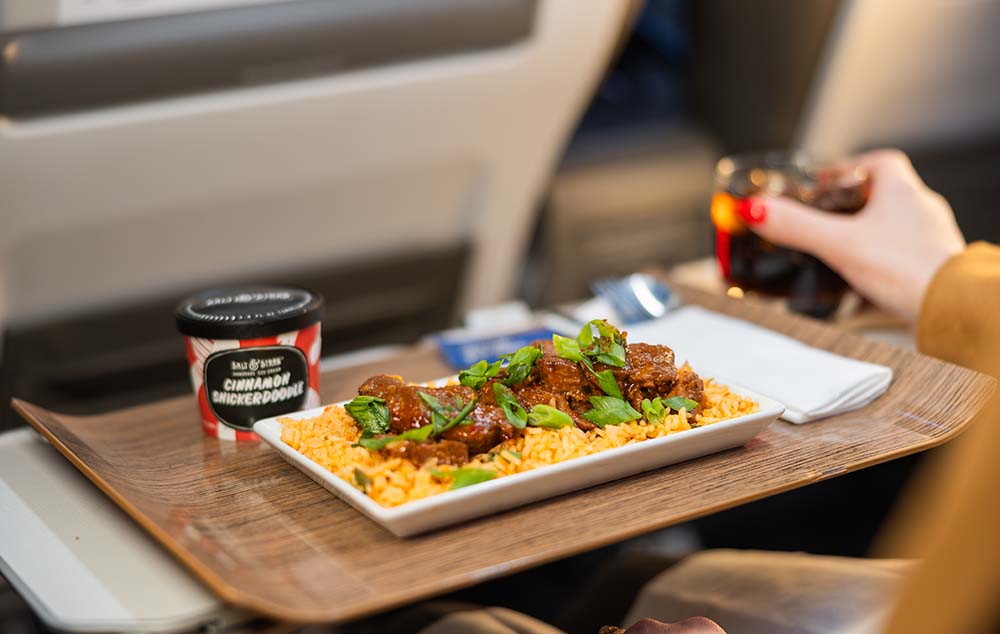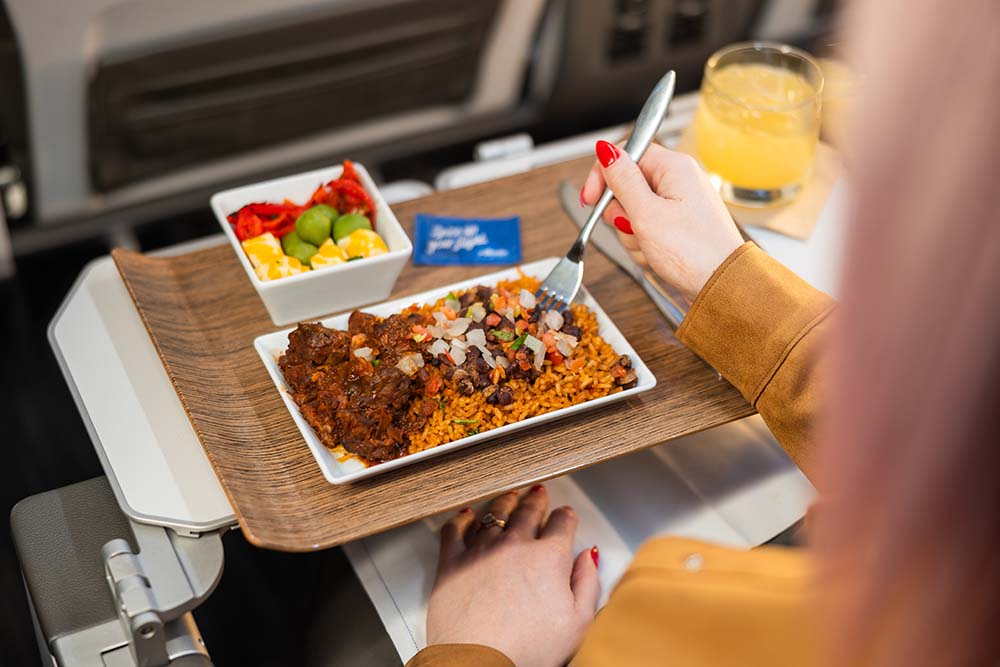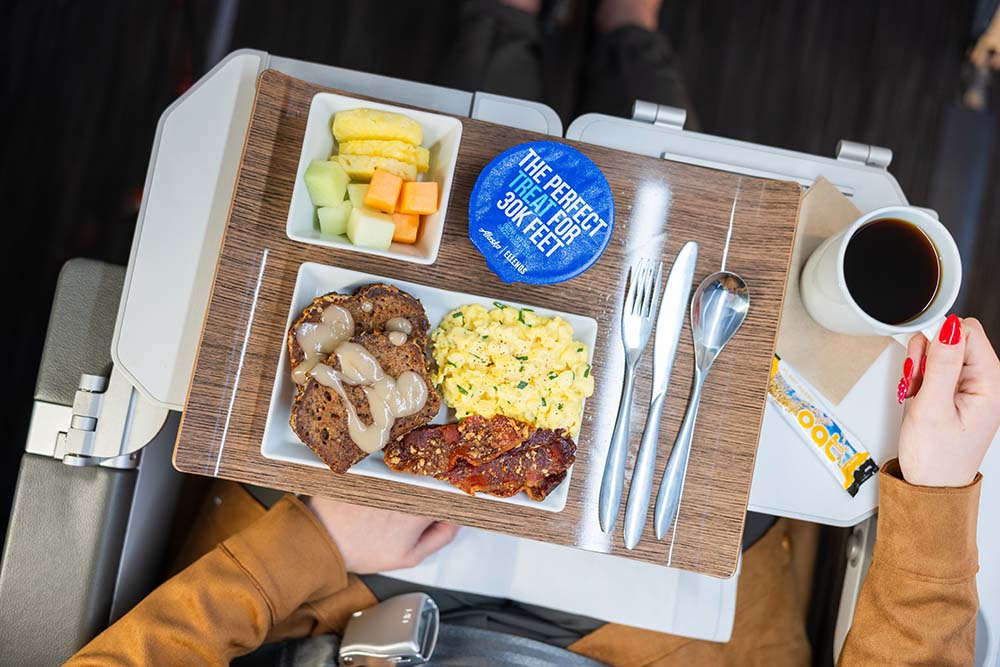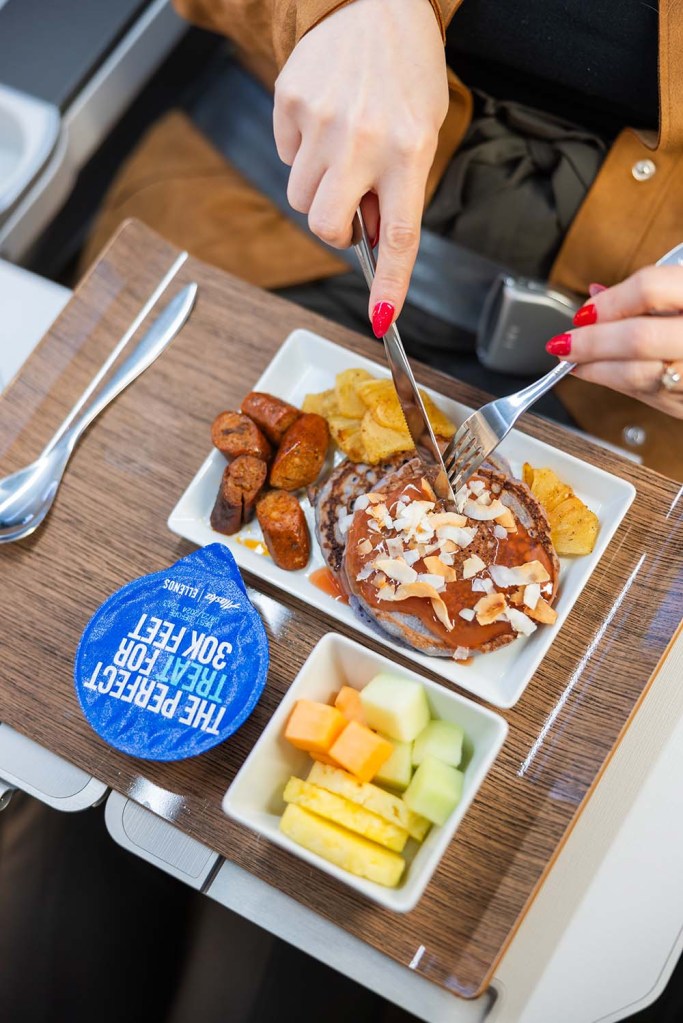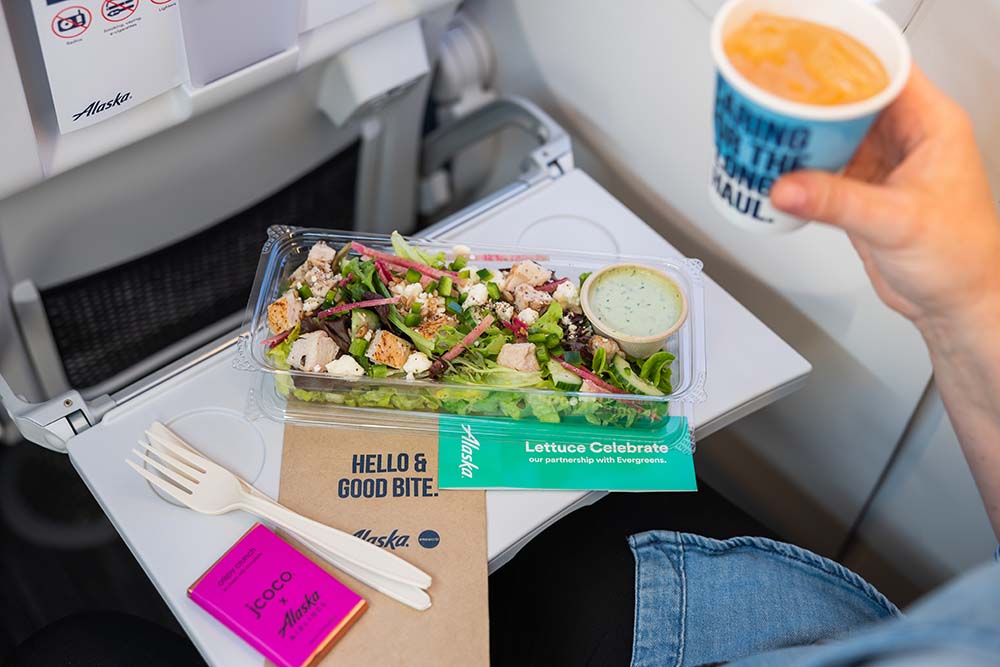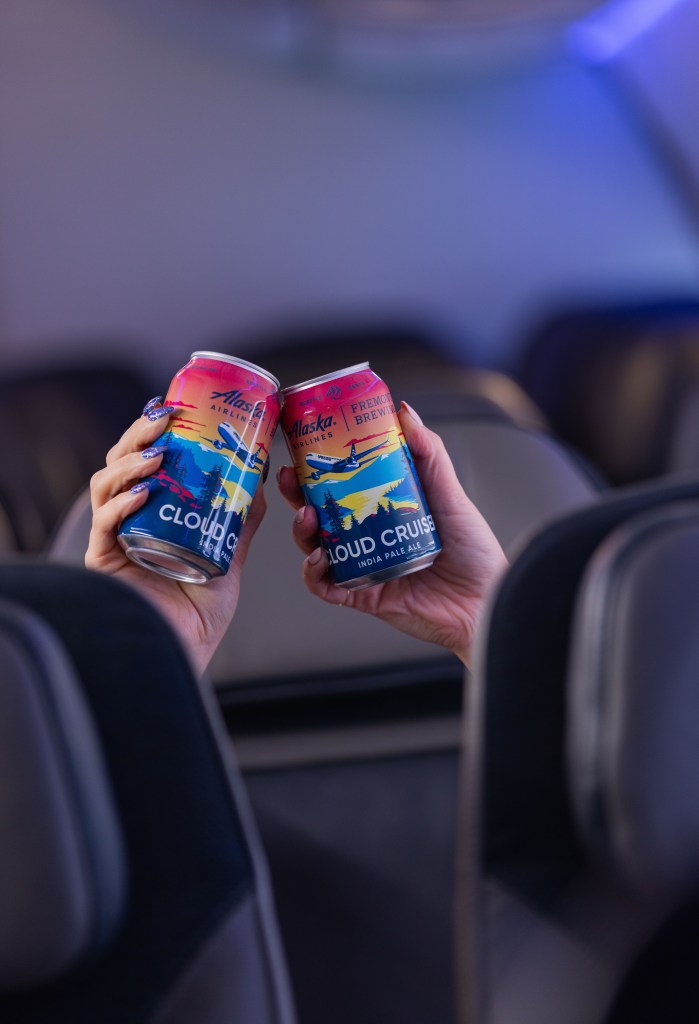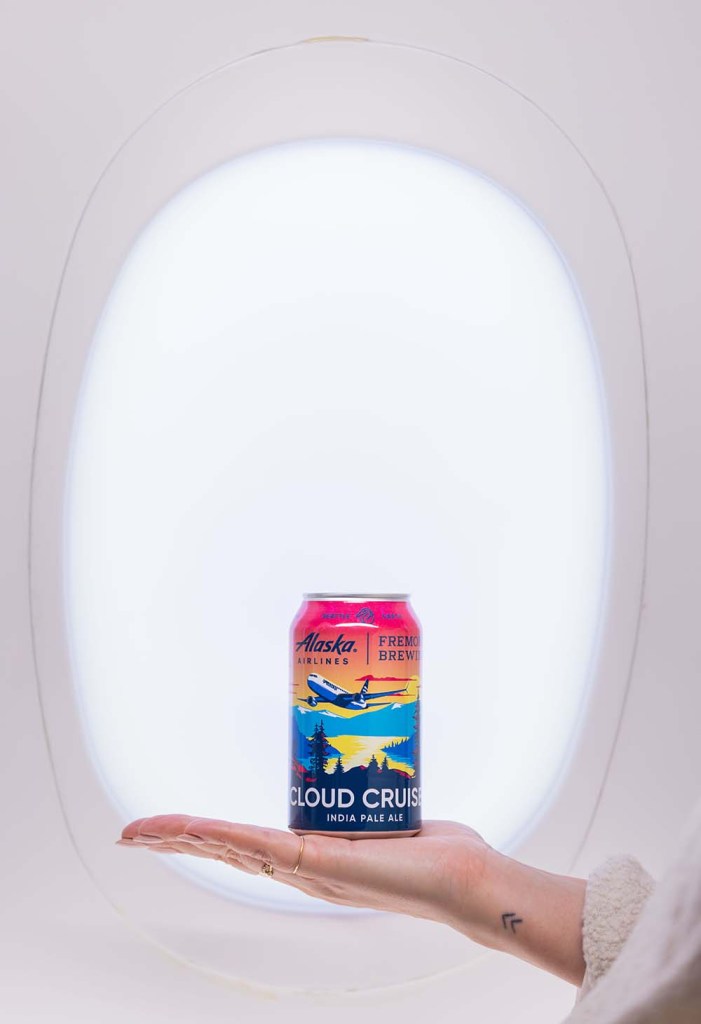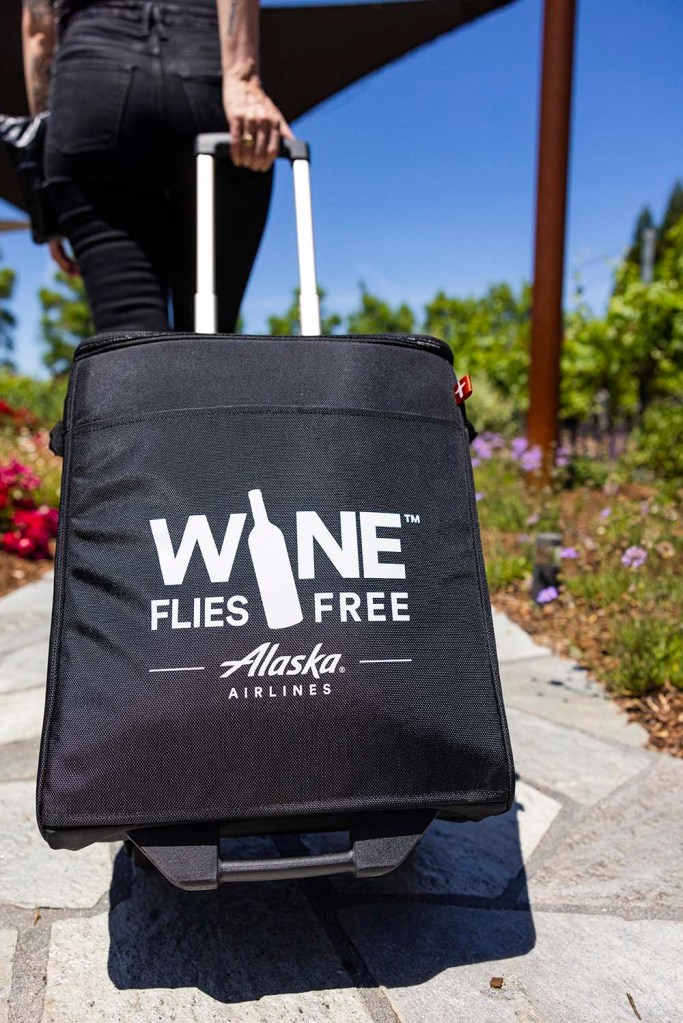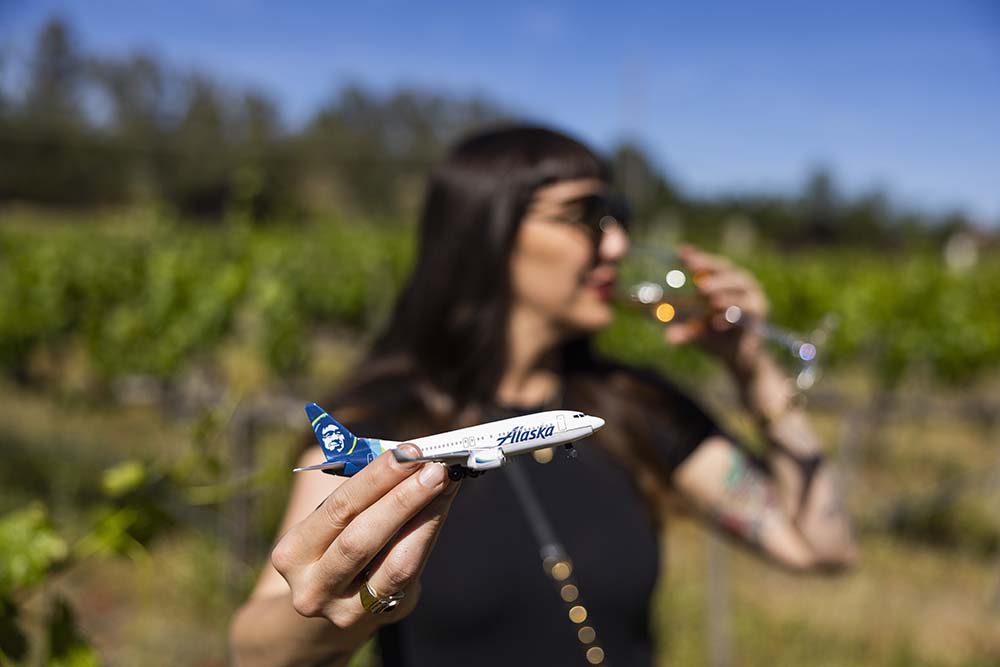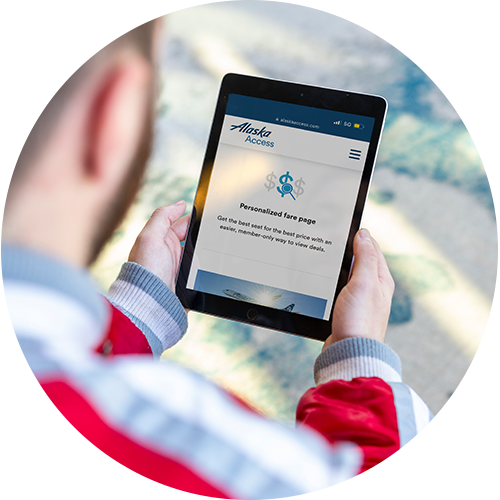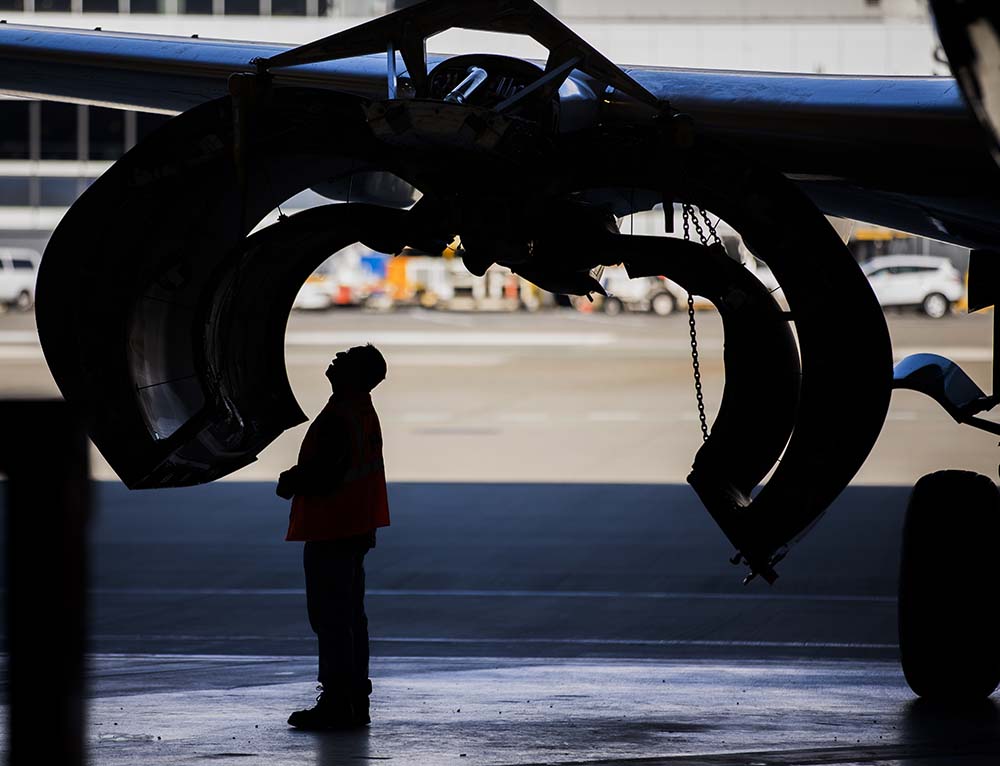Information about Alaska Airlines Flight 1282 and our 737-9 MAX fleet
Share
NTSB issues preliminary report on Alaska Flight 1282
Latest update: 1 p.m. Pacific, Feb. 6
The National Transportation Safety Board (NTSB) released its preliminary report today, Feb. 6, involving Alaska Airlines Flight 1282. This is part of the NTSB’s established process during an investigation that it continues to lead.
Alaska’s safety and technical representatives, along with Boeing representatives, remain in close contact with the NTSB. Since this remains an ongoing investigation, we are limited in the details we can release or confirm. We defer questions to the NTSB.
Safety is always our top priority. As this investigation moves forward, we have full confidence in the safety of our operation and aircraft.
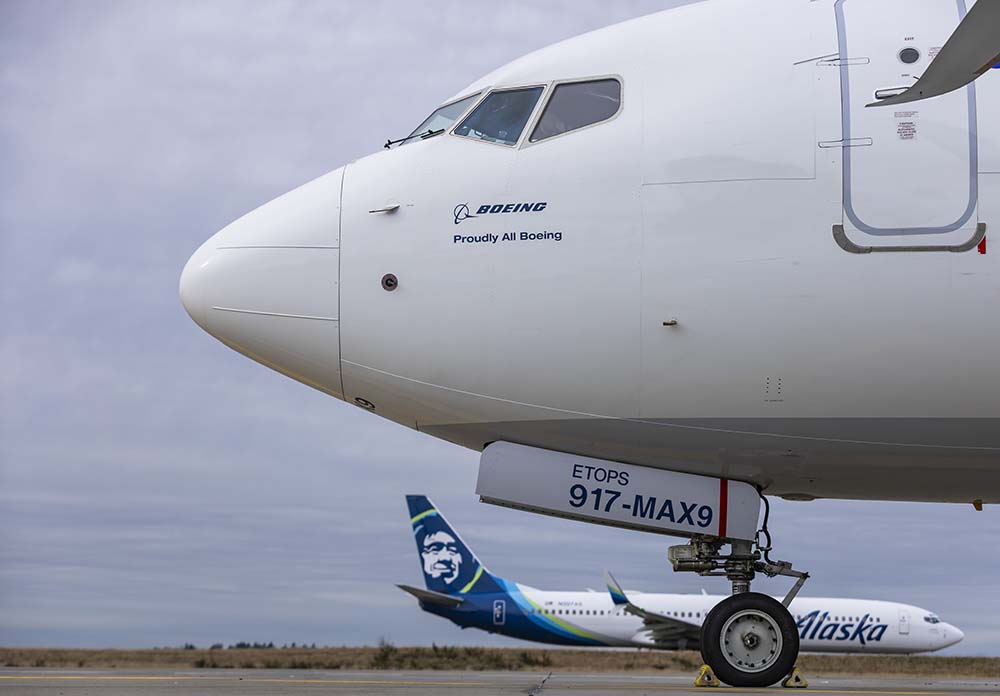
Our first 737-9 MAX planes return to service as final inspections continue
9:30 a.m. Pacific, Jan. 26
Alaska Airlines has completed final inspections on our first group of 737-9 MAX aircraft as we move forward to return the fleet to commercial service. We’ll resume flying the 737-9 MAX with Flight 1146 from Seattle to San Diego on Friday afternoon, Jan 26.
On Jan. 24, the Federal Aviation Administration (FAA) approved the detailed inspection and maintenance process for the 737-9 MAX to return to flying. Our Alaska technicians began the inspections that night. We expect inspections on our 737-9 MAX to be completed by the end of next week, allowing us to operate our full flight schedule.
Each of our 737-9 MAX will return to service only after the rigorous inspections are completed and each plane is deemed airworthy according to FAA requirements. The individual inspections are expected to take up to 12 hours per aircraft.
We remain extremely grateful to our skilled Maintenance and Engineering team that is shouldering the inspection work and safely returning the planes to service, along with gratitude to all our employees who continue to help support our guests.
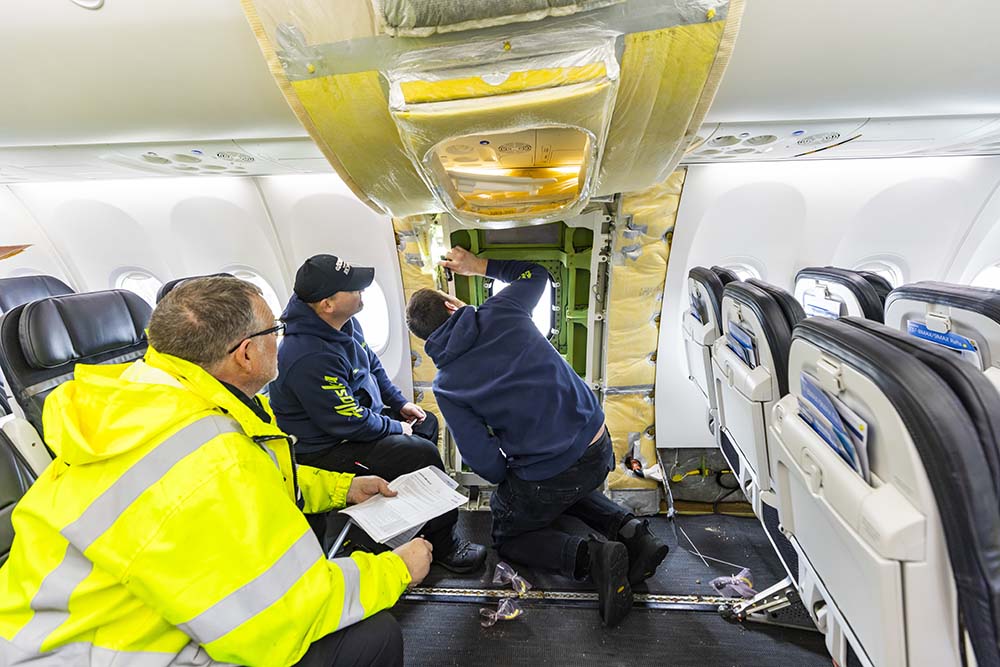
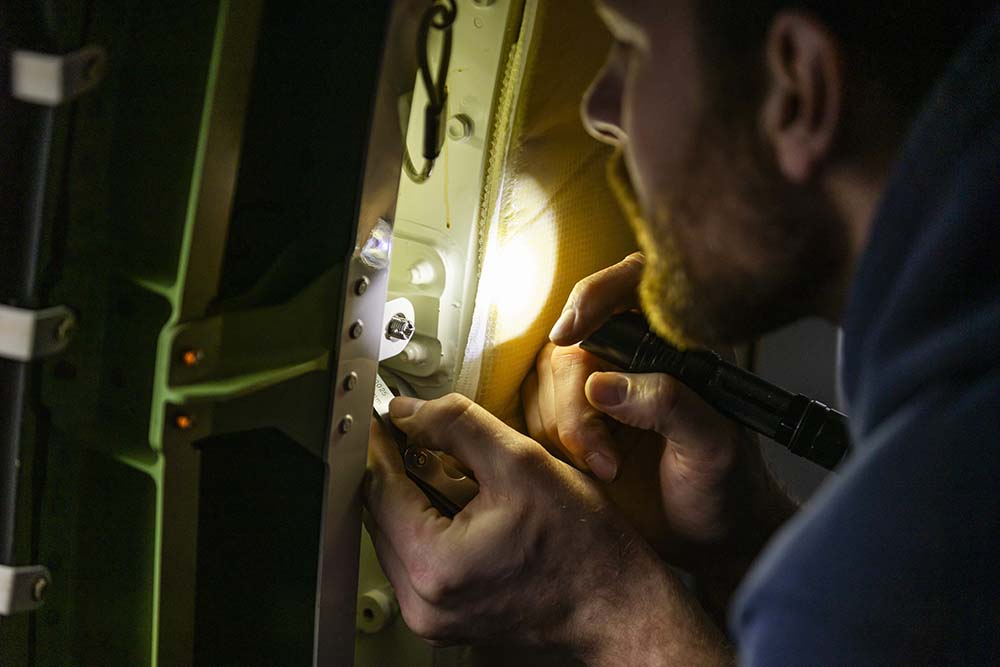
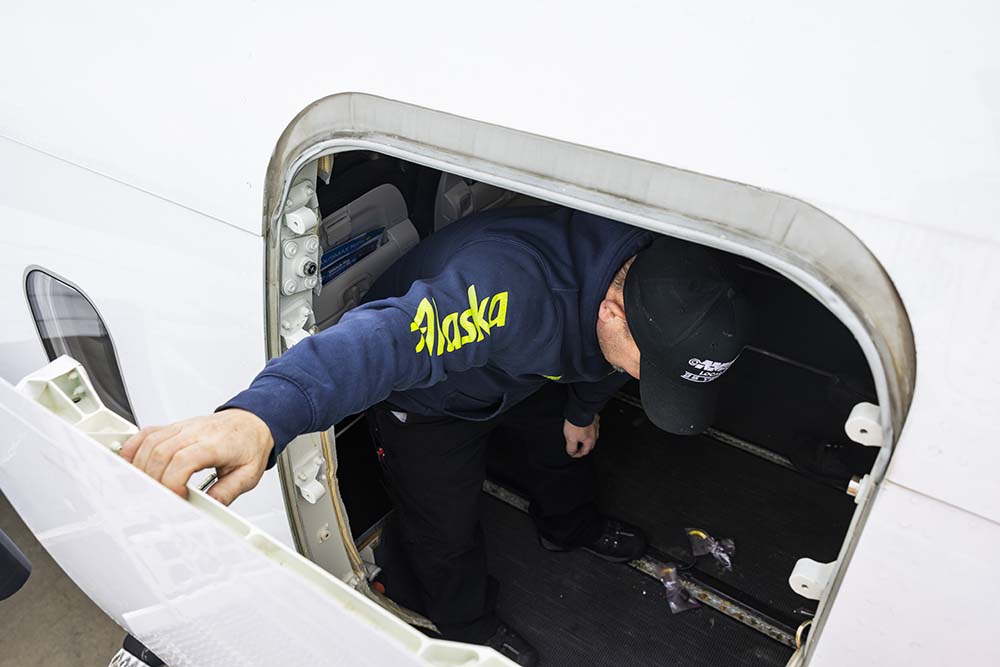

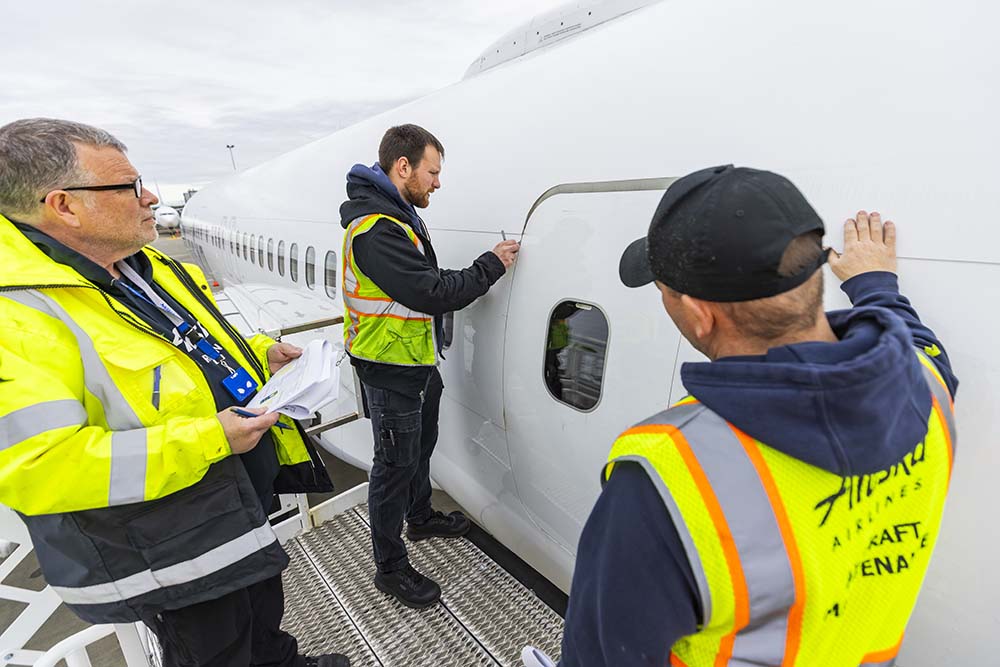
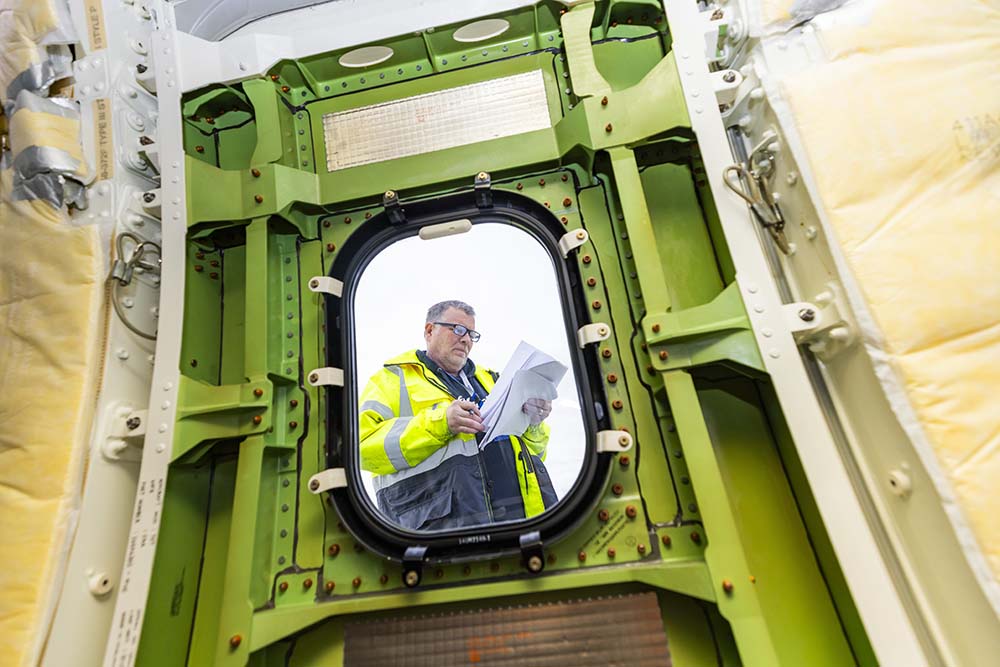
Previous Updates
8 a.m. Pacific, Jan. 25
Final inspections of our 737-9 MAX fleet underway to safely return the aircraft to service
The Federal Aviation Administration (FAA) on Wednesday, Jan. 24, approved a thorough inspection and maintenance process for the 737-9 MAX aircraft. Alaska Airlines is now performing these detailed inspections of our planes.
Each of our aircraft will only return to service once the rigorous inspections are completed and each aircraft is deemed airworthy according to the FAA requirements. We have 65 737-9 MAX in our fleet. The inspections are expected to take up to 12 hours for each plane.
Following these inspections by our skilled Alaska Maintenance technicians, we expect to bring our first few planes back into scheduled commercial service on Friday, Jan. 26.
At the request of the FAA, our Maintenance technicians completed preliminary inspections on 20 of our 737-9 MAX aircraft two weeks ago. The data we collected was provided to the FAA for further analysis. Those findings informed the FAA’s final orders for thorough inspections of the door plug on each of our 737-9 MAX aircraft. We are now implementing those final orders.
With the first of our 737-9 MAX set to resume flying on Friday, we’ll add more planes back into service every day as inspections are completed and each aircraft is deemed airworthy. We expect inspections on all our 737-9 MAX to be completed over the next week.
We greatly appreciate the FAA’s diligence and commitment to safety to get the 737-9 MAX safely back in the air.
5 p.m. Pacific, Jan. 24
Final inspections of our 737-9 MAX fleet begin to safely return the aircraft to service
The Federal Aviation Administration (FAA) on Wednesday, Jan. 24, approved a thorough inspection and maintenance process for the 737-9 MAX aircraft. Alaska Airlines is ready to perform these detailed inspections of our planes.
Each of our aircraft will only return to service once the rigorous inspections are completed and each aircraft is deemed airworthy according to the FAA requirements. We have 65 737-9 MAX in our fleet. The inspections are expected to take up to 12 hours for each plane.
Following these inspections by our skilled Alaska Maintenance technicians, we expect to bring our first few planes back into scheduled commercial service on Friday, Jan. 26.
At the request of the FAA, our Maintenance technicians completed preliminary inspections on 20 of our 737-9 MAX aircraft two weeks ago. The data we collected was provided to the FAA for further analysis. Those findings informed the FAA’s final orders for thorough inspections of the door plug on each of our 737-9 MAX aircraft. We are now ready to implement those final orders.
The first of our 737-9 MAX will resume flying on Friday, Jan. 26, with more planes added every day as inspections are completed and each aircraft is deemed airworthy. We expect inspections on all our 737-9 MAX to be completed over the next week.
We greatly appreciate the FAA’s diligence and commitment to safety to get the 737-9 MAX safely back in the air.
5 p.m. Pacific, Jan. 20
Our Maintenance and Engineering technicians completed preliminary inspections of a group of our 737-9 MAX aircraft as requested by the FAA. We provided the data to Boeing, which will share it with the FAA for further analysis and consultation.
We’re awaiting the next steps based on this collection of new information, including the final inspection orders so we can begin safely returning our planes to service.
The ongoing grounding of the 737-9 MAX continues to impact our operations with all 737-9 MAX paused. This remains a dynamic situation and we greatly appreciate the patience of our guests. We are notifying those whose flights are canceled and working to reaccommodate them. We also have a Flexible Travel Policy in effect.
Alaska has 65 737-9 MAX planes in our fleet of 231 737 aircraft.
10 a.m. Pacific, Jan. 18
Our Maintenance and Engineering technicians completed preliminary inspections of a group of our 737-9 MAX aircraft as requested by the FAA. We provided the data to Boeing, which will share it with the FAA for further analysis and consultation.
We’re awaiting the next steps based on this collection of new information, including the final inspection orders so we can begin safely returning our planes to service.
The ongoing grounding of the 737-9 MAX continues to have a tremendous impact on our operation. We’ve extended the cancellations of our 737-9 MAX flights through Sunday, Jan. 21. This remains a dynamic situation and we greatly appreciate the patience of our guests. We are notifying those whose flights are canceled and working to reaccommodate them. We also have a Flexible Travel Policy in effect.
Each day of 737-9 MAX cancellations for Alaska impacts between 110 to 150 flights, depending on the flight schedule for a given day. Our sister regional carrier, Horizon Air, continues to help get our guests to their destinations by flying some routes that Alaska would normally fly with the 737-9 MAX.
Alaska has 65 737-9 MAX planes in our fleet of 231 737 aircraft.
12:15 p.m. Pacific, Jan. 17
Our Maintenance and Engineering technicians completed preliminary inspections of a group of our 737-9 MAX aircraft as requested by the FAA. We provided the data to Boeing, which will share it with the FAA for further analysis and consultation.
We’re awaiting the next steps based on this collection of new information, including the final inspection orders so we can begin safely returning our planes to service.
The ongoing grounding of the 737-9 MAX continues to have a tremendous impact on our operation. We’ve extended the cancellations of our 737-9 MAX flights through Friday, Jan. 19. This remains a dynamic situation and we greatly appreciate the patience of our guests. We are notifying those whose flights are canceled and working to reaccommodate them. We also have a Flexible Travel Policy in effect.
Each day of 737-9 MAX cancellations for Alaska impacts between 110 to 150 flights, depending on the flight schedule for a given day. Our sister regional carrier, Horizon Air, continues to help get our guests to their destinations by flying some routes that Alaska would normally fly with the 737-9 MAX.
Alaska has 65 737-9 MAX planes in our fleet of 231 737 aircraft.
7:20 p.m. Pacific, Jan. 13
Alaska Airlines began preliminary inspections this weekend on a group of our 737-9 MAX aircraft.
The Federal Aviation Administration (FAA) is requiring more data from Boeing before approving the manufacturer’s proposed inspection and maintenance instructions that will be used to conduct final inspections on all 737-9 MAX and safely return the planes to service. Up to 20 of our planes could undergo preliminary inspections.
Moving forward
Aviation safety is based on having multiple levels of quality control and safety assurance, much like system redundancies that are built into an aircraft for operational safety. Together, these layers have made the U.S. aviation industry the safest in the world.
Last week’s incident involving Alaska Airlines Flight 1282 was an extremely sobering reminder that these layers require continuous strengthening and improvement.
Boeing leadership has publicly said that this incident is the result of a “quality escape.” This week, we engaged in a candid conversation with Boeing’s CEO and leadership team to discuss their quality improvement plans to ensure the delivery of the highest quality aircraft off the production line for Alaska.
We welcome and appreciate the FAA’s recently announced steps to audit and review all safety processes in the production of the 737-9 MAX aircraft, and more broadly at Boeing and Spirit AeroSystems, Boeing’s supplier that builds the fuselage for the planes.
In addition to the FAA’s review and oversight, Alaska Airlines will initiate and enhance our own layers of quality control to the production of our airplanes:
- Our quality and audit team began a thorough review of Boeing’s production quality and control systems, including Boeing’s production vendor oversight, and will partner with our maintenance team on the design of enhanced processes for our own quality control over aircraft at Boeing.
- Starting this week, we will also enhance our own quality oversight of Alaska aircraft on the Boeing production line, expanding our team with additional experienced professionals to validate work and quality on the Boeing 737 production line.
Over many decades, we have cultivated a strong partnership with Boeing. With a commitment to transparency and candor, we are dedicated to working together to uphold the utmost quality and safety of our airplanes for our employees and guests.
6 p.m. Pacific, Jan. 12
Today, the FAA communicated its instructions for preliminary inspections of some of our 737-9 MAX aircraft.
Data collected from these inspections will inform the FAA’s ultimate issuance of a global Method of Compliance (MOC) and the process to complete inspections of the full fleet – a required step to safely return the aircraft to service. Read more from the FAA here.
Alaska has 231 737 aircraft in our fleet. 65 of those planes are 737-9 MAX.
Additional 737-9 MAX flight cancellations through Tuesday
With the grounding of the 737-9 MAX still in place, we’ve made another difficult decision to cancel additional flights that were scheduled with that aircraft.
We’re working as quickly as we can to notify our guests of cancellations through Tuesday, Jan. 16. This equates to between 110-150 flights per day. The decision allows us to give our guests further clarity and begin notification and reaccommodation processes.
More information for impacted travelers can be found at the bottom of this page.
We’ll begin repositioning some of our 737-9 MAX aircraft for inspection
In the coming days, we will begin repositioning designated 737-9 MAX aircraft to our primary maintenance bases. This will allow us to perform the required inspections as soon as the approvals are given. Key points to keep in mind:
- Any 737-9 MAX maintenance flying is authorized and permitted under the FAA’s Emergency Airworthiness Directive.
- These special flight permits are not new or unique. They are a regular activity in aviation.
- Flights are flown by our specially trained functional check flight crews.
- No passengers or flight attendants will be on the maintenance flights.
- These flights will be designated with a four-digit flight number beginning with a 9, such as AS 9834.
Horizon Air helps keep our guests moving
During the grounding of the 737-9 MAX, Alaska’s sister regional carrier Horizon Air is helping to get our guests to where they need to go.
Through Sunday, Jan. 14, nearly 5,000 guests will fly on 90 flights to destinations across our network on a Horizon E-175 jet instead of a 737-9 MAX aircraft they were originally scheduled to be on.
Horizon even recently flew a nonstop flight to Dallas-Ft. Worth – an airport the airline does not usually serve. The airline also added 23 flights to and from Las Vegas for the popular CES conference this week.
10 a.m. Pacific, Jan. 12
As of today, Friday, Jan. 12, Alaska Airlines continues to wait for documentation from Boeing and the FAA to begin inspection of our 737-9 MAX fleet.
We regret the significant disruption that has been caused for our guests by cancellations due to these aircraft being out of service. However, the safety of our employees and guests is our highest priority and we will only return these aircraft to service when all findings have been fully resolved and meet all FAA and Alaska’s stringent standards.
We have made the decision to cancel all flights on 737-9 MAX aircraft through Sunday, Jan. 14, while we conduct inspections and prepare fully for return to service. This equates to between 110-150 flights per day. We hope this action provides guests with a little more certainty, and we are working around the clock to reaccommodate impacted guests on other flights. More information for impacted travelers can be found at the bottom of this page.
As a reminder, three things must be in place prior to beginning inspections:
- A final Multi-Operator Message (MOM) provided by Boeing, providing inspection details for the 737-9 MAX aircraft as approved by the FAA.
- A global Method of Compliance (MOC) published by the FAA with details for approval of operators’ inspection processes to ensure compliance with their Airworthiness Directive. As a party to the NTSB investigation, the FAA works to ensure that inspection details address findings that may have surfaced during this process, even if not yet shared with the public.
- Detailed inspection instructions and processes developed by Alaska Airlines for our maintenance technicians to follow to conduct thorough inspections per the FAA’s specifications.
10 a.m. Pacific, Jan. 10
As of today, Wednesday, Jan. 10, Alaska Airlines continues to wait for documentation from Boeing and the FAA to begin inspection of our 737-9 MAX fleet.
We regret the significant disruption that has been caused for our guests by cancellations due to these aircraft being out of service. However, the safety of our employees and guests is our highest priority and we will only return these aircraft to service when all findings have been fully resolved and meet all FAA and Alaska’s stringent standards.
As of this morning, we have made the decision to cancel all flights on 737-9 MAX aircraft through Saturday, Jan. 13 while we conduct inspections and prepare fully for return to service. This equates to between 110-150 flights per day. We hope this action provides guests with a little more certainty, and we are working around the clock to reaccommodate impacted guests on other flights. More information for impacted travelers can be found at the bottom of this page.
As a reminder, three things must be in place prior to beginning inspections:
- A final Multi-Operator Message (MOM) provided by Boeing, providing inspection details for the 737-9 MAX aircraft as approved by the FAA.
- An Alternate Method of Compliance (AMOC) published by the FAA with details for approval of operators’ inspection processes to ensure compliance with their Airworthiness Directive. As a party to the NTSB investigation, the FAA works to ensure that inspection details address findings that may have surfaced during this process, even if not yet shared with the public.
- Detailed inspection instructions and processes developed by Alaska Airlines for our maintenance technicians to follow to conduct thorough inspections per the FAA’s specifications.
We will continue to provide updates as progress is made.
12:45 p.m. Pacific, Jan. 9
We continue to await inspection and maintenance instructions from Boeing and approval for the procedures from the FAA. Until then, the Boeing 737-9 MAX fleet will remain grounded.
When we are able to proceed with the formal inspection process, all aircraft will be thoroughly inspected in accordance with detailed instructions provided by the FAA in consultation with Boeing. Any findings will be fully addressed in a matter that satisfies our safety standards and FAA compliance. The formal inspections will also require documenting all findings and those will be reported to the FAA. No aircraft will be returned to service until all of these steps are complete. The safety of these aircraft is our priority and we will take the time and steps necessary to ensure their airworthiness, in close partnership with the FAA.
As these steps remain pending, we continue to experience disruption to our operation with these aircraft out of service. As of 12:30 pm. Pacific, we have cancelled roughly 109 flights for today due to the 737-9 MAX grounding.
6:50 p.m. Pacific, Jan. 8
We continue to wait for final documentation from Boeing and the FAA before we can begin the formal inspection process.
As our maintenance technicians began preparing our 737-9 MAX fleet for inspections, they accessed the area in question. Initial reports from our technicians indicate some loose hardware was visible on some aircraft.
When we are able to proceed with the formal inspection process, all aircraft will be thoroughly inspected in accordance with detailed instructions provided by the FAA in consultation with Boeing. Any findings will be fully addressed in a matter that satisfies our safety standards and FAA compliance. The formal inspections will also require documenting all findings and those will be reported to the FAA. No aircraft will be returned to service until all of these steps are complete. The safety of these aircraft is our priority and we will take the time and steps necessary to ensure their airworthiness, in close partnership with the FAA.
10 a.m. Pacific, Jan. 8
This morning, Boeing issued a multi-operator message (MOM) which provided inspection details for the 737-9 MAX aircraft, which have been approved by the FAA. Two additional steps must occur before inspections can begin:
- FAA must approve operators’ inspection processes to ensure compliance (called an Alternate Method of Compliance, or AMOC);
- Alaska must develop detailed inspection instructions and processes for our maintenance technicians to follow.
As we await further information from the FAA and work through these important steps, our technicians have prepared each aircraft to be immediately ready for the required inspection when instructions are finalized.
We recognize that additional questions remain about the details surrounding Flight 1282 that we are unable to address at this time. Because this is an active investigation, we must receive permission from the NTSB to provide information about the aircraft and its prior maintenance. We will provide information as soon as the NTSB permits us to do so.
As these steps remain pending, we continue to experience disruption to our operation with these aircraft out of service. As of 8:30 a.m. Pacific, we have cancelled roughly 140 flights for Monday due to the 737-9 MAX grounding.
6:30 p.m. Pacific, Jan. 7
While we await the airworthiness directive (AD) inspection criteria from the FAA and Boeing, our maintenance teams are prepared and ready to perform the required inspections of the mid exit door plugs on our 737-9 MAX fleet.
The 737-9 MAX grounding has significantly impacted our operation. We have cancelled 170 Sunday flights and 60 cancellations for Monday, with more expected. Cancellations will continue through the first half of the week, and we encourage guests with travel plans to continue to check their email and alaskaair.com for updates.
We will continue to share information as we’re able.
2:30 p.m. Pacific, Jan. 7
As we navigate the impacts of the 737-9 MAX grounding on our operation, we have cancelled 170 Sunday flights affecting roughly 25,000 guests. We expect additional significant cancellations through the first half of the week.
We are awaiting further instruction from both the FAA and Boeing to begin the required inspections on the door plug of our 737-9 MAX fleet and will share information as we’re able.
6 p.m. Pacific, Jan. 6
The investigation into what happened on Alaska Airlines Flight 1282 on Friday, Jan. 5, is underway. The National Transportation Safety Board (NTSB) has now assumed the lead role in the investigation. Alaska’s safety and technical teams, along with representatives from Boeing, are closely involved in supporting the NTSB.
At this early stage, here are details that we can share:
- As we shared last night, Alaska made the decision to temporarily ground its 737-9 MAX fleet pending inspections which began early this morning.
- Today, the FAA issued an emergency airworthiness directive (EAD), requiring all operators of the 737-9 MAX aircraft to conduct specific inspections before returning the aircraft to service. We are working with the FAA to ensure that our inspections meet their detailed requirements and comply with the EAD, but this process will take more time.
- Our voluntary temporary grounding of our 737-9 MAX fleet and ongoing work to comply with the FAA’s EAD has impacted travel plans for many of our guests. As of 4pm PT today, we have cancelled 160 total flights, affecting roughly 23,000 guests. We are identifying necessary cancellations for tomorrow and expect the disruption to last through at least mid-week. A flexible travel policy is in place for guests to change or cancel their flights. Guests should visit alaskaair.com for rebooking options. We are deeply sorry for the disruption this has caused our guests.
- Eighteen of Alaska’s 737-9 MAX aircraft received in-depth inspections as part of heavy maintenance checks and continued in service today until we received the FAA’s EAD. These aircraft have now also been pulled from service until details about possible additional maintenance work are confirmed with the FAA. We are in touch with the FAA to determine what, if any, further work is required before these aircraft are returned to service.
- The aircraft involved in flight 1282 was delivered to us on Oct. 31, 2023. The part of the aircraft involved in this event is called a plug door – a specific panel of the fuselage near the rear of the aircraft.
- Several guests onboard experienced injuries that required medical attention. All guests have now been medically cleared.
We will continue to share information as we learn more. Thank you to our guests for their understanding as we safely return our fleet of 737-9 MAXs to service.
12:00 p.m. Pacific, Jan 6
Early this morning, our maintenance team began a detailed inspection process in connection with our decision to temporarily ground our fleet of Boeing 737-9 aircraft. Of the 65 737-9 aircraft in our fleet, it was determined that 18 had in-depth and thorough plug door inspections performed as part of a recent heavy maintenance visit. These 18 aircraft were cleared to return to service today.
The inspection process of the remaining 737-9 aircraft is expected to be completed in the next few days. We will provide additional updates on the progress of our inspections.
9:00 a.m. Pacific, Jan. 6
As of this morning, inspections on more than a quarter of our 737-9 fleet are complete with no concerning findings. Aircraft will return to service as their inspections are completed with our full confidence.
We deeply apologize to our guests whose flights have been impacted. Guests whose travel has been impacted can go online to view flight options and rebook travel, place the value of their ticket in their Mileage Plan Wallet for future use, or request a refund.
For Pacific Northwest Travelers: We’ve been receiving many questions from guests traveling to Texas. Flights on Saturday and Sunday from Seattle to Houston are not impacted. Return flights next week are also not affected.
11:42 p.m. Pacific time, Jan. 5
A statement from Alaska Airlines CEO, Ben Minicucci:
At Alaska Airlines, safety is our foundational value and the most important thing we focus on every day. Following tonight’s event on Flight 1282, we have decided to take the precautionary step of temporarily grounding our fleet of 65 Boeing 737-9 aircraft. Each aircraft will be returned to service only after completion of full maintenance and safety inspections. We anticipate all inspections will be completed in the next few days.
I am personally committed to doing everything we can to conduct this review in a timely and transparent way.
We are working with Boeing and regulators to understand what occurred tonight, and will share updates as more information is available. The NTSB is investigating this event and we will fully support their investigation.
My heart goes out to those who were on this flight – I am so sorry for what you experienced. I am so grateful for the response of our pilots and flight attendants. We have teams on the ground in Portland assisting passengers and are working to support guests who are traveling in the days ahead.
-Ben
7:55 p.m. Pacific time, Jan. 5
Alaska Airlines Flight 1282 from Portland, Oregon to Ontario, California, experienced an incident this evening soon after departure. The aircraft landed safely back at Portland International Airport with 171 guests and 6 crew members. The safety of our guests and employees is always our primary priority, so while this type of occurrence is rare, our flight crew was trained and prepared to safely manage the situation. We are investigating what happened and will share more information as it becomes available.
Timeline of 737-9 MAX return to service:

The careful work we’re doing during the inspections
With the approval and direction of the FAA, Alaska technicians will begin the required, detailed inspections.
For the inspection process, the 737-9 MAX has two door plugs – one on the left-hand side of the plane and one on the right in the middle of the cabin. Both door plugs must be inspected according to the FAA-approved inspection guidance. We’ve put together a summary of the inspection checklist:
- Before opening the mid-cabin door plug, we will confirm it was properly installed by ensuring all hardware is in place and all clearances are measured and recorded
- We will then open the door plug and inspect for any damages or abnormalities to the door and seal components, including the guide fittings, roller guides and hinges, and inspect nut plates and fasteners
- We will resecure each door plug and ensure it is sealed properly per approved FAA guidance before the aircraft is returned to service
- Each inspection, including recording detailed measurements of hardware location, could take at least 12 hours for each aircraft
We’re grateful to our skilled maintenance and engineering team members who are undertaking the inspections and safely returning our fleet to service.
Frequently Asked Questions
Our Maintenance and Engineering teams will continue to inspect the two door plugs at least every 24 months when each plane undergoes heavy maintenance checks as part of our standard protocol. In addition, we will inspect the door plugs on new 737-9 MAX aircraft we receive right after delivery.
We currently have a Flexible Travel Policy in place through Feb. 2 for our guests to make other travel arrangements. For guests who are not comfortable flying on a 737-9 MAX right now, we’ll work with them. If they request it, we can move them to a different flight on another aircraft. We take great pride in our customer service and want everyone to have a great flight.
The aircraft type is shown in the “Details” tab when booking a flight on alaskaair.com. After booking, it’s found in the guest’s reservation under “Flight Details.”
Our first 737-9 MAX flight was on March 1, 2021. It was a flight from Seattle to Los Angeles.
Our 737-9 MAX carries 178 passengers with a seating configuration of 16 First Class seats, 24 Premium Class seats and 138 seats in the main cabin.
A message from Alaska Airlines CEO Ben Minicucci
Our next steps with the Boeing 737-9 MAX and aircraft quality assurance.
Full Video Transcript
Hi everyone, I’m Ben Minicucci, CEO of Alaska Airlines.
On January 5, Alaska Airlines Flight 1282 was involved in an alarming incident when a door plug was ejected from the Boeing 737-9 MAX aircraft.
I am so incredibly grateful to the crew who responded with extraordinary professionalism and returned the flight and all aboard safely to Portland. And I sincerely apologize to everyone on board the flight for what you experienced.
That evening, I made the decision to voluntarily ground all our 737-9 MAX fleet, pending further information and inspection. The next day, the 737-9 MAX aircraft across the U.S. were grounded by the Federal Aviation Administration (FAA).
As a loyal guest of Alaska Airlines, I know these issues impact you, and you may have questions about what this means not just for your travel plans, but for the safety of you and your loved ones.
Please know there is nothing more important to all of us at Alaska Airlines than the safety of our employees, and you – our guests. Owning Safety is our number one foundational value, and one that is deeply personal. This value guides our actions today, and every day.
With that in mind, here is an update on what has transpired since last Friday – and some next steps:
- We have 65 Boeing 737-9 MAX aircraft, which make up about 20% of our fleet. Since Alaska Airlines and the FAA have grounded these aircraft, that means we are canceling between 110 to 150 flights every day.
- We will return these aircraft to service ONLY when all findings have been fully resolved and meet the stringent standards of Boeing, the FAA and Alaska Airlines.
- With respect to the cancellations, I’ve asked our team to give guests as much advance notice as possible, and our Reservations team is working around the clock to re-accommodate people on other flights. To all who have been impacted by these disruptions, I am sorry. When you make plans, you put your trust in us, and we haven’t been able to deliver.
We’ve started inspections
- Over the past week, I’ve spent time with our teams, including the excellent Maintenance & Engineering professionals in our Seattle hangar. They walked me through a 737-9 MAX aircraft that was prepared for inspection. I witnessed firsthand the rigor they bring to their work – how they pay attention to every detail and follow their processes to ensure the safety of our aircraft.
- We began inspections on January 13, in response and according to the FAA’s instructions and we are making good progress. The findings from these inspections, and those of other airlines, will be compiled by Boeing and FAA to determine the appropriate next steps in order to return the 737-9 MAX Fleet safely back to service. At this time, we do not yet know how long this process will take but will keep you updated as much as we can.
Additional actions we’re taking
- Aviation safety is based on having multiple levels of quality control and safety assurance, much like system redundancies that are built into an aircraft for operational safety. Together, these layers have made the U.S. aviation industry the safest in the world.
- Flight 1282 was an extremely sobering reminder that these layers require continuous strengthening and improvement.
- We engaged in a candid conversation with Boeing’s CEO and leadership team to discuss their quality improvement plans to ensure the delivery of the highest quality aircraft off the production line to Alaska Airlines.
- We welcome the FAA’s added review and oversight in response to this situation, and the specific steps that Boeing announced to strengthen quality controls and assurance in their operations.
- In addition to these steps, Alaska Airlines will initiate and enhance our own layers of quality control to the production of our airplanes:
- Last week, our quality and audit team began a thorough review of Boeing’s production quality and control systems, including Boeing’s production vendor oversight. They will partner with our maintenance team on the design of enhanced processes for our own quality control over aircraft at Boeing.
- And, starting this week, we will enhance our own quality oversight of Alaska aircraft on the Boeing production line, adding more experienced professionals to the teams that validate work and quality on the production line for the 737.
- Alaska has flown Boeing aircraft since 1966. In the many decades since, we have cultivated a strong partnership with Boeing based on accountability, transparency and candor.
- It’s on this foundation that we are dedicated to working together with Boeing to uphold the utmost quality and safety of our airplanes and for our employees and guests.
- “Proudly all Boeing” is not just a tagline, it’s a commitment. It’s our pledge to you that when you choose an Alaska flight, the aircraft you are on is safe. And as the leader of this company, I’m putting all my energy toward ensuring this remains true.
Closing
- In closing, I want to thank all of you for your patience and understanding through this difficult time. Thank you for your loyal support of our airline and thank you for being kind to our employees.
- My personal thanks also to the Alaska and Horizon team members who are working long hours conducting inspections and navigating through disruptions in our operations while taking good care of all of you who are traveling.
- Our collective commitment to safety is unwavering, and we will ensure we are even safer and stronger going forward.
- Thank you.
Overview:
Flight 1282:
On Friday, Jan. 5, Alaska Airlines temporarily grounded its fleet of 65 737-9 MAX after a door plug detached during flight 1282 from Portland, OR to Ontario, CA. This was a harrowing flight for our guests and crew, and we’re grateful that all individuals have been medically cleared.
Quality Control:
Alaska Airlines will initiate and enhance our own layers of quality control to the production of our airplanes. Learn more.
For Impacted Guests:
For guests whose flights have been impacted, we encourage them to visit alaskaair.com for self-service options. We apologize to those who have been inconvenienced as we work to reaccommodate everyone as quickly as possible.
A flexible travel policy remains in place systemwide. You may change or cancel your flight. If your flight has been canceled, please follow these rebooking instructions.


